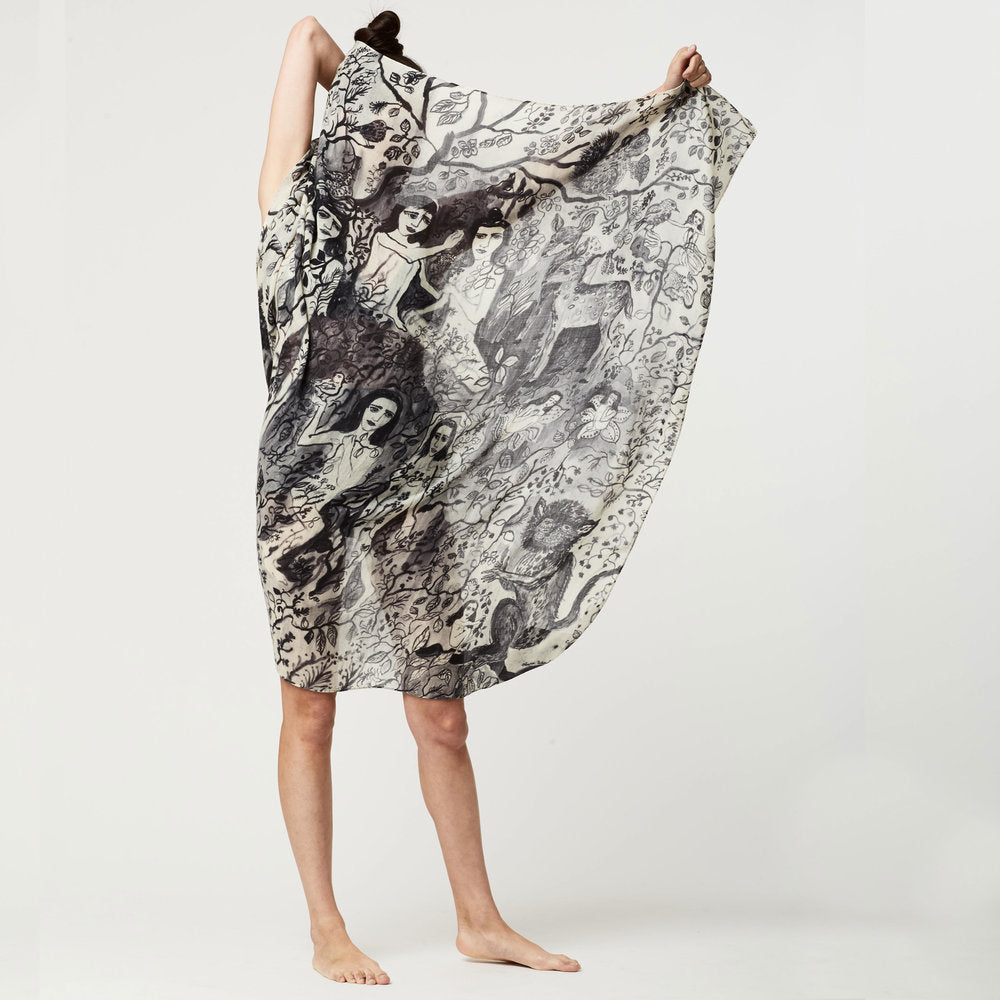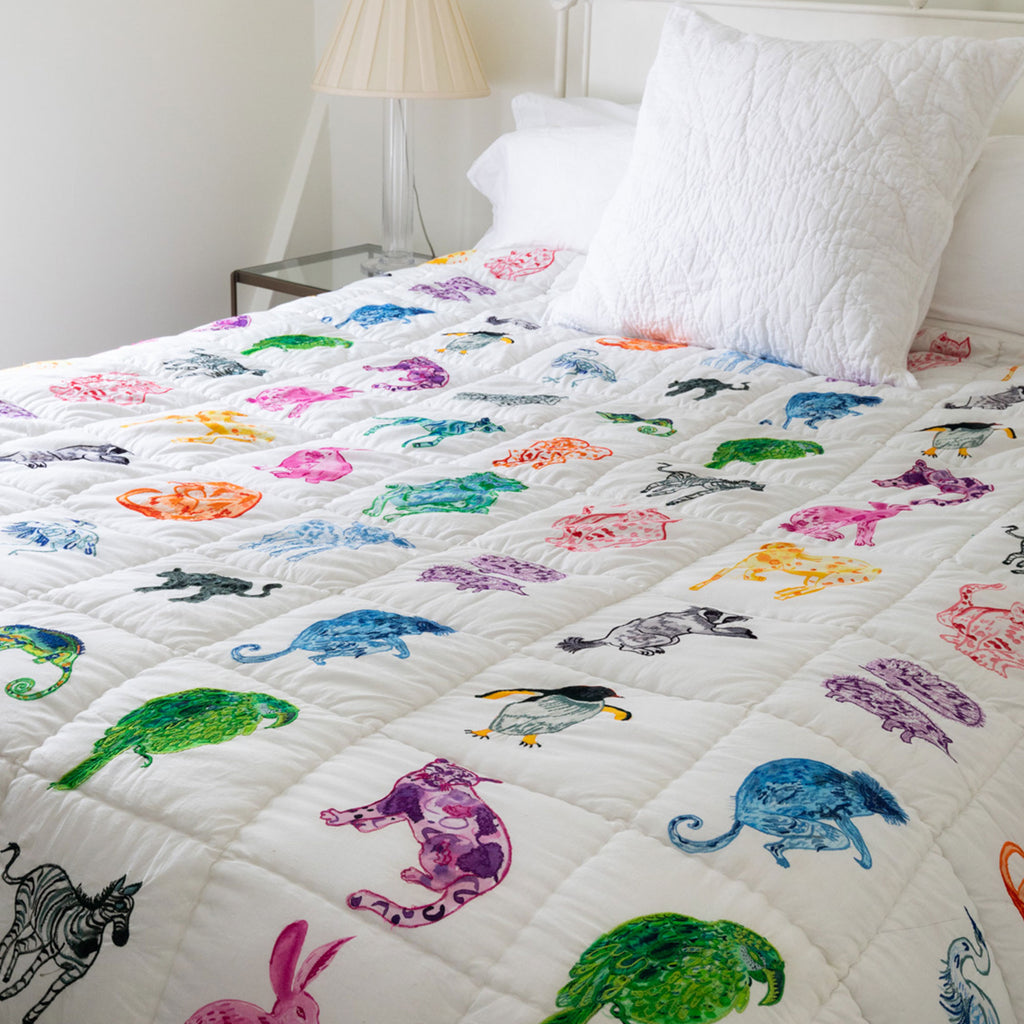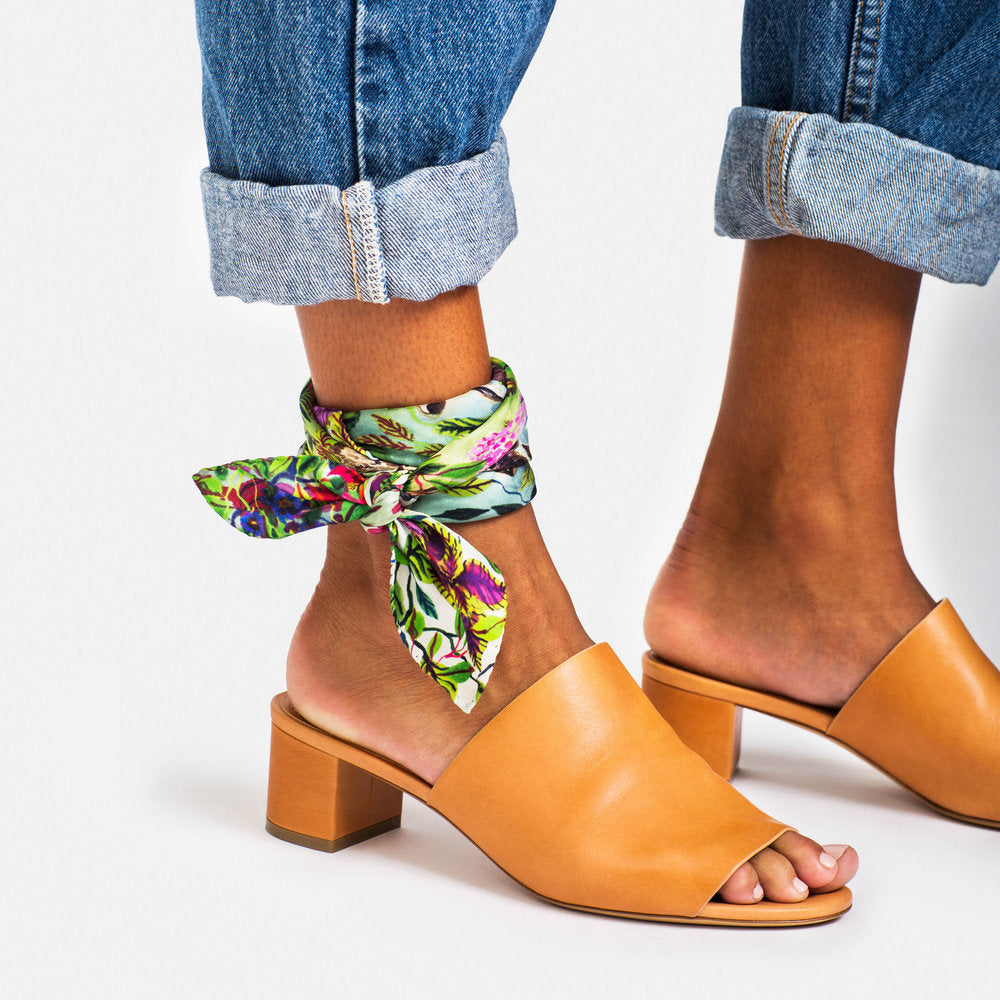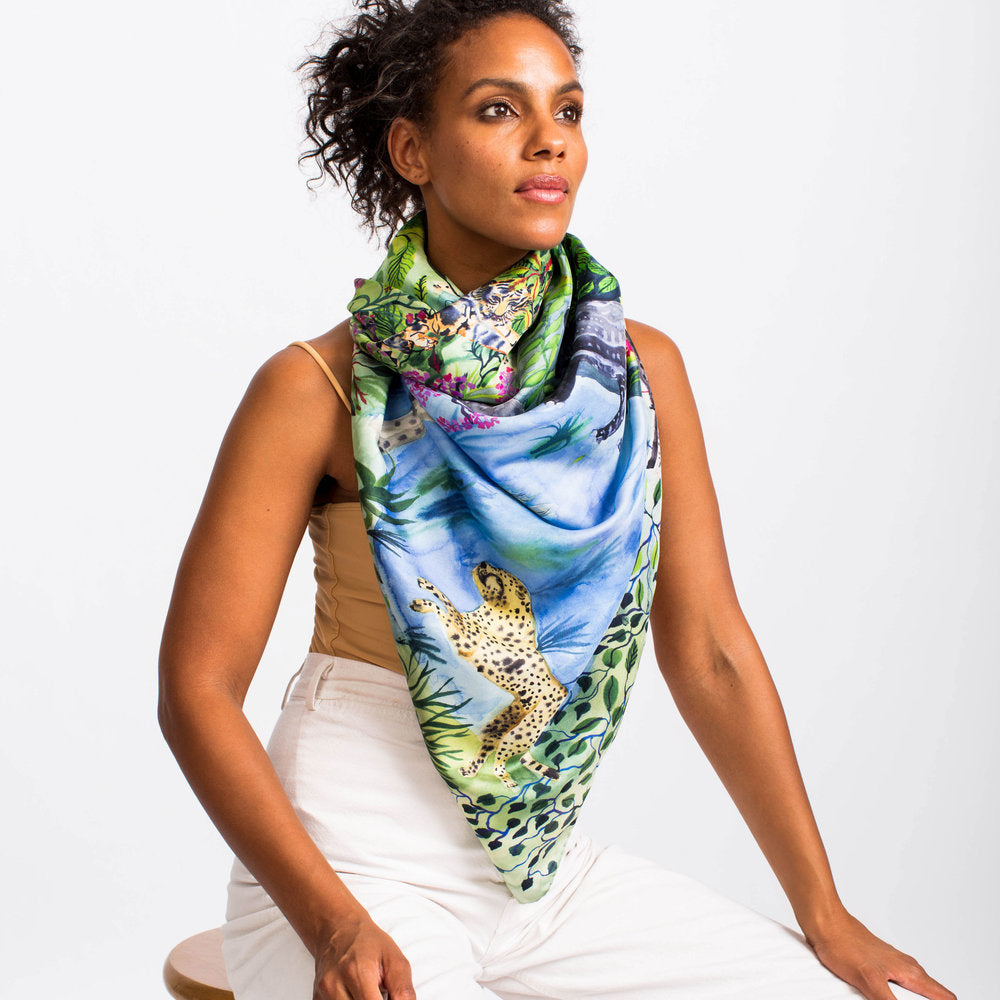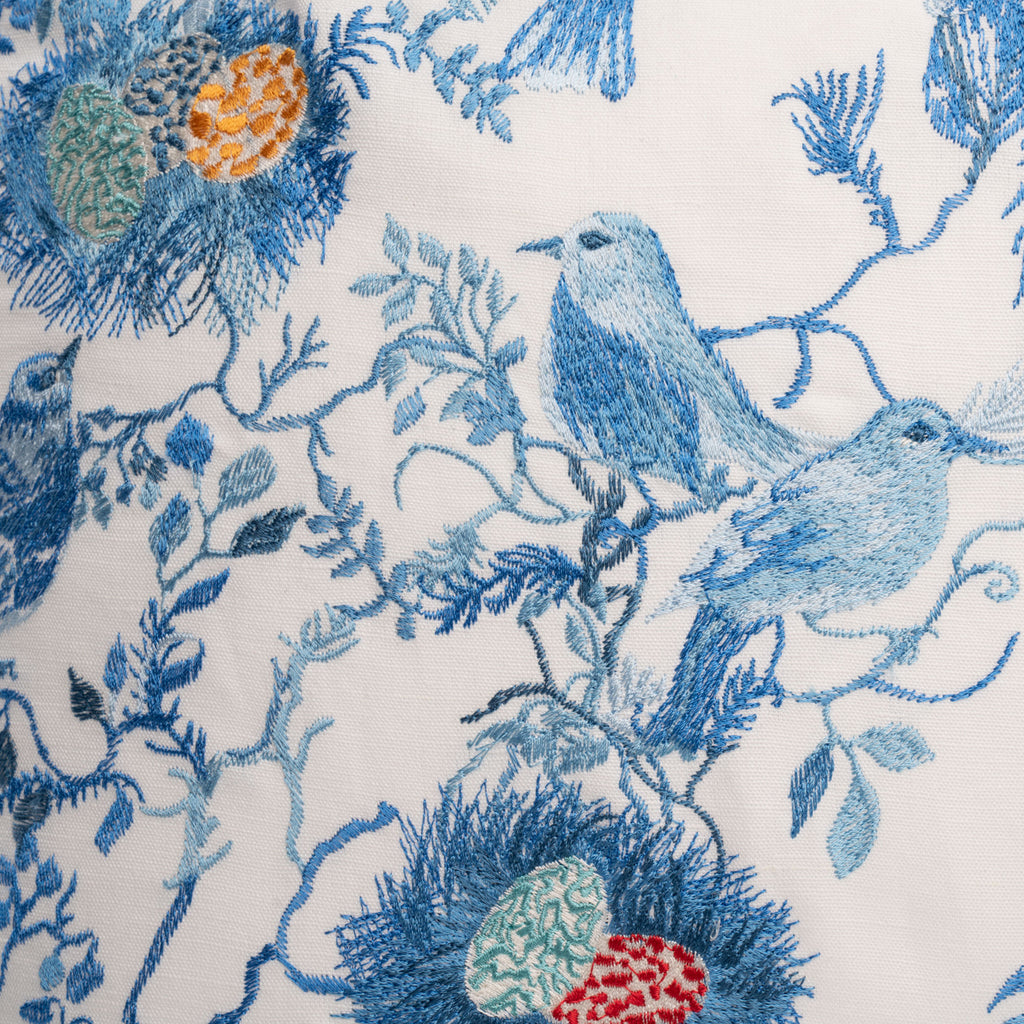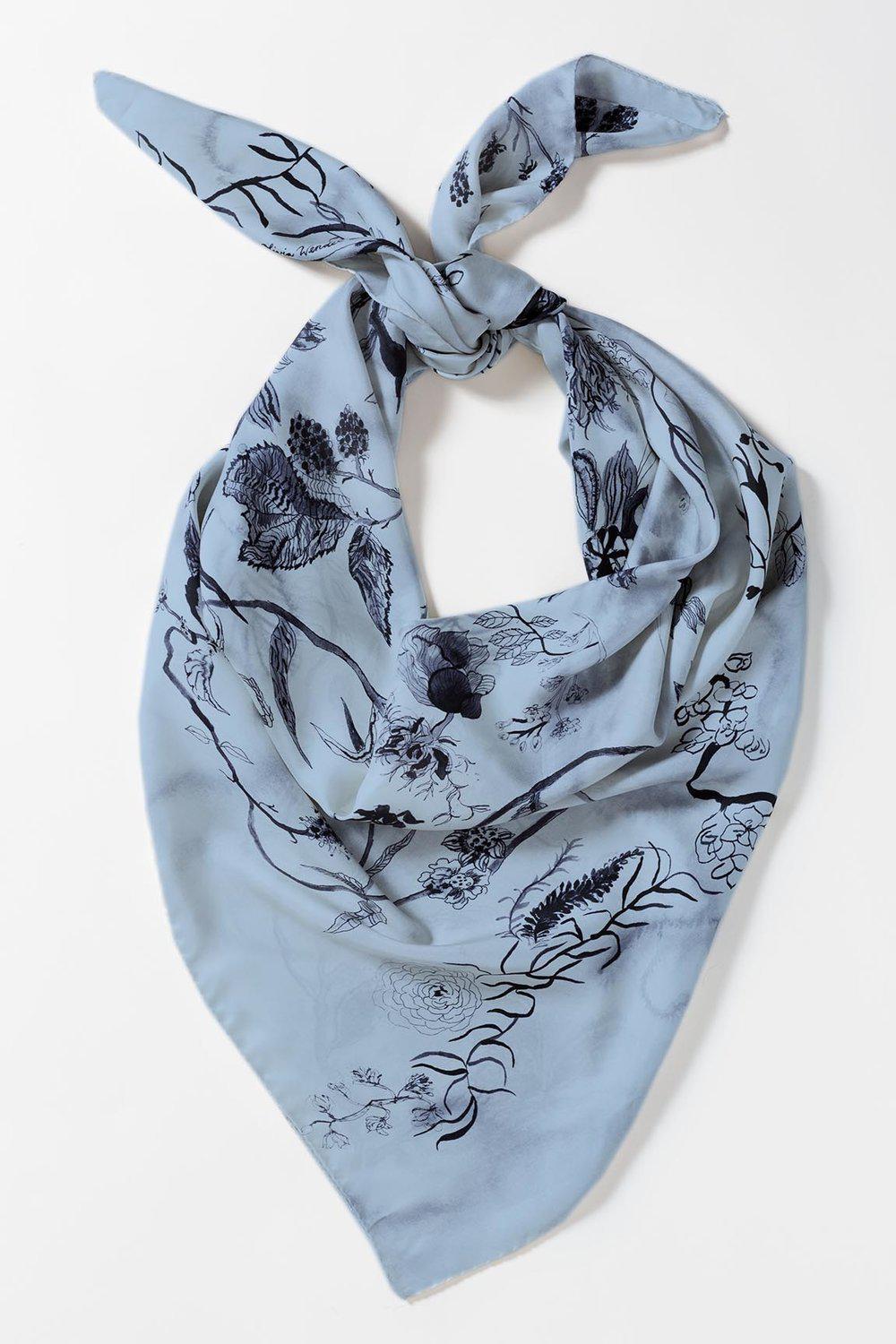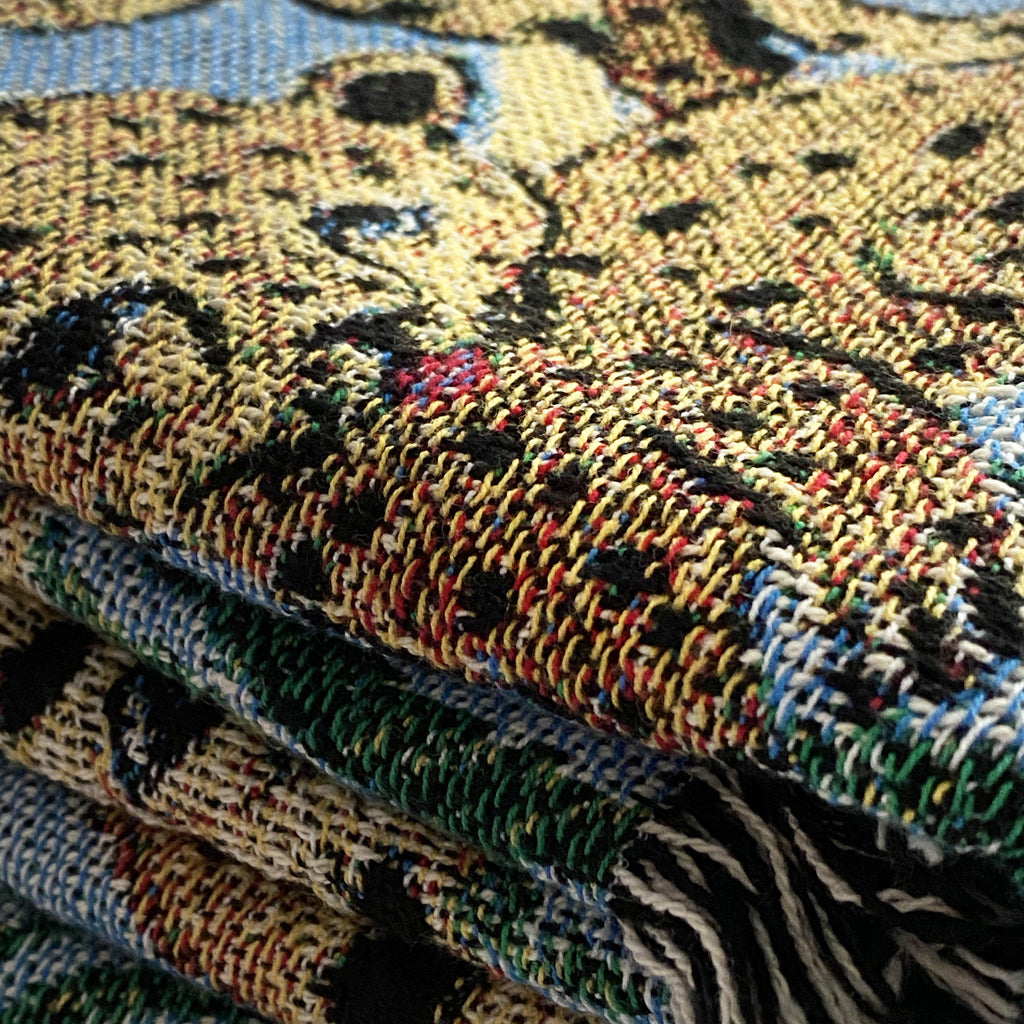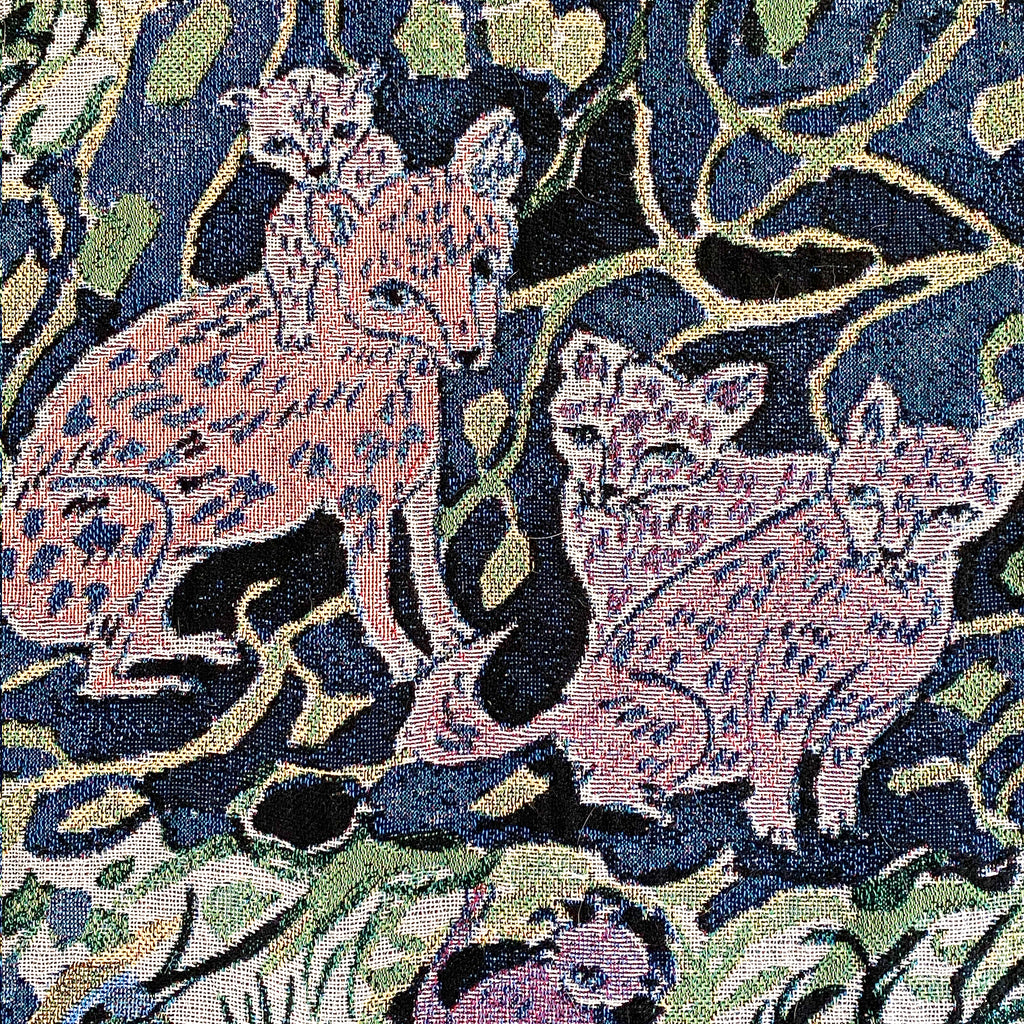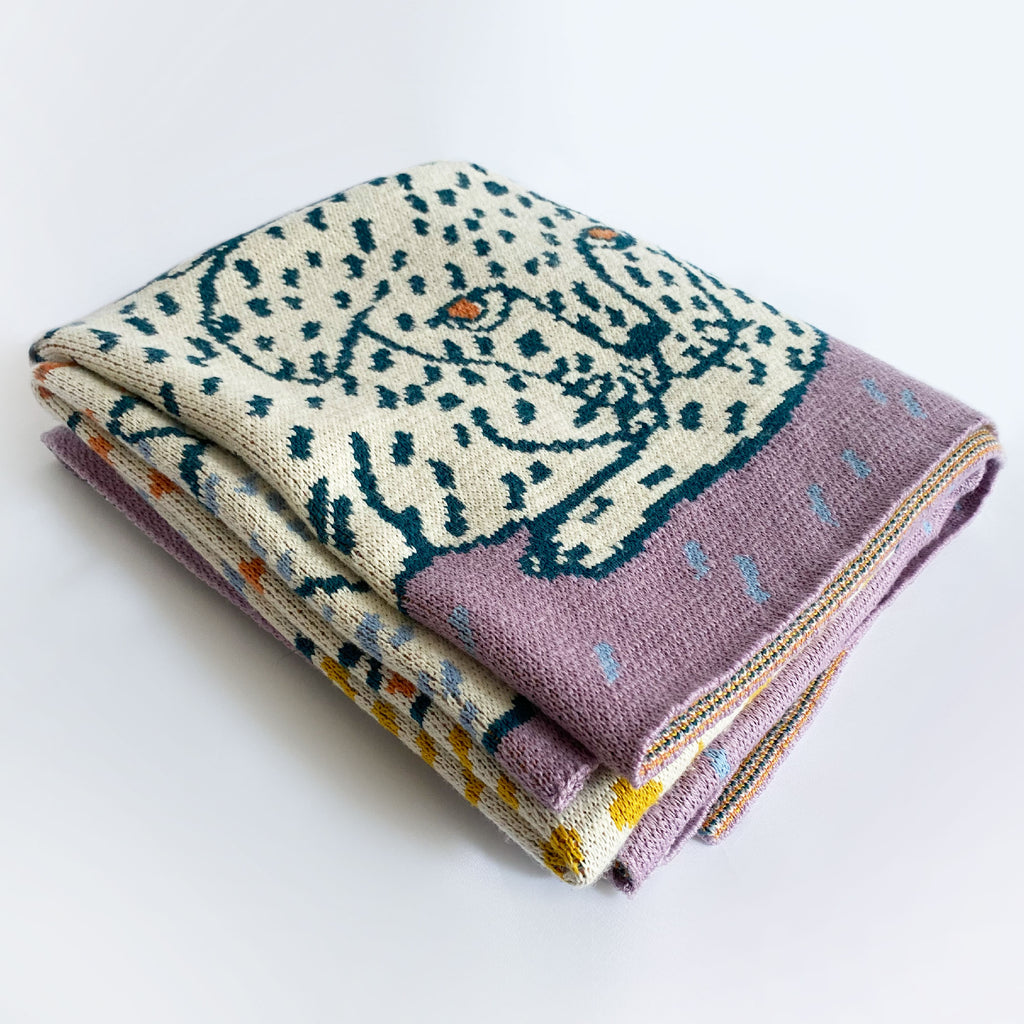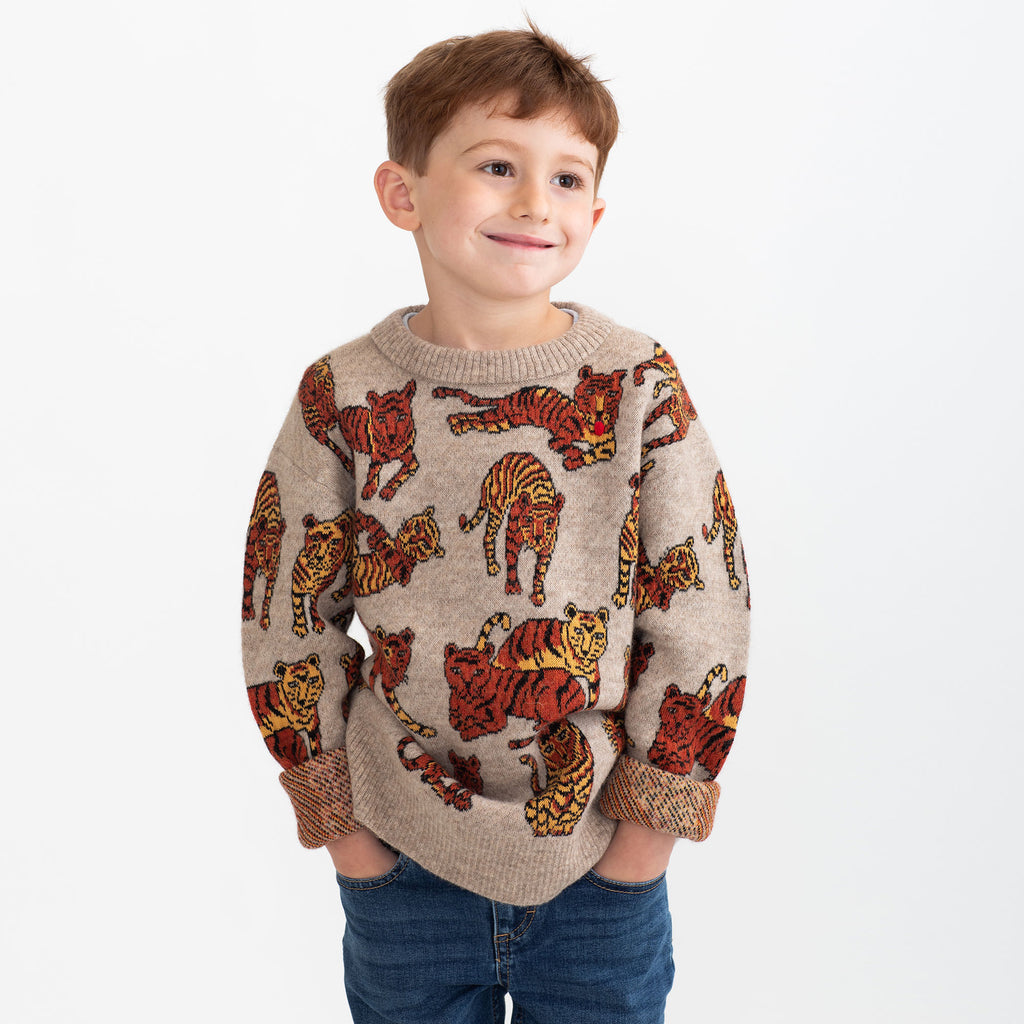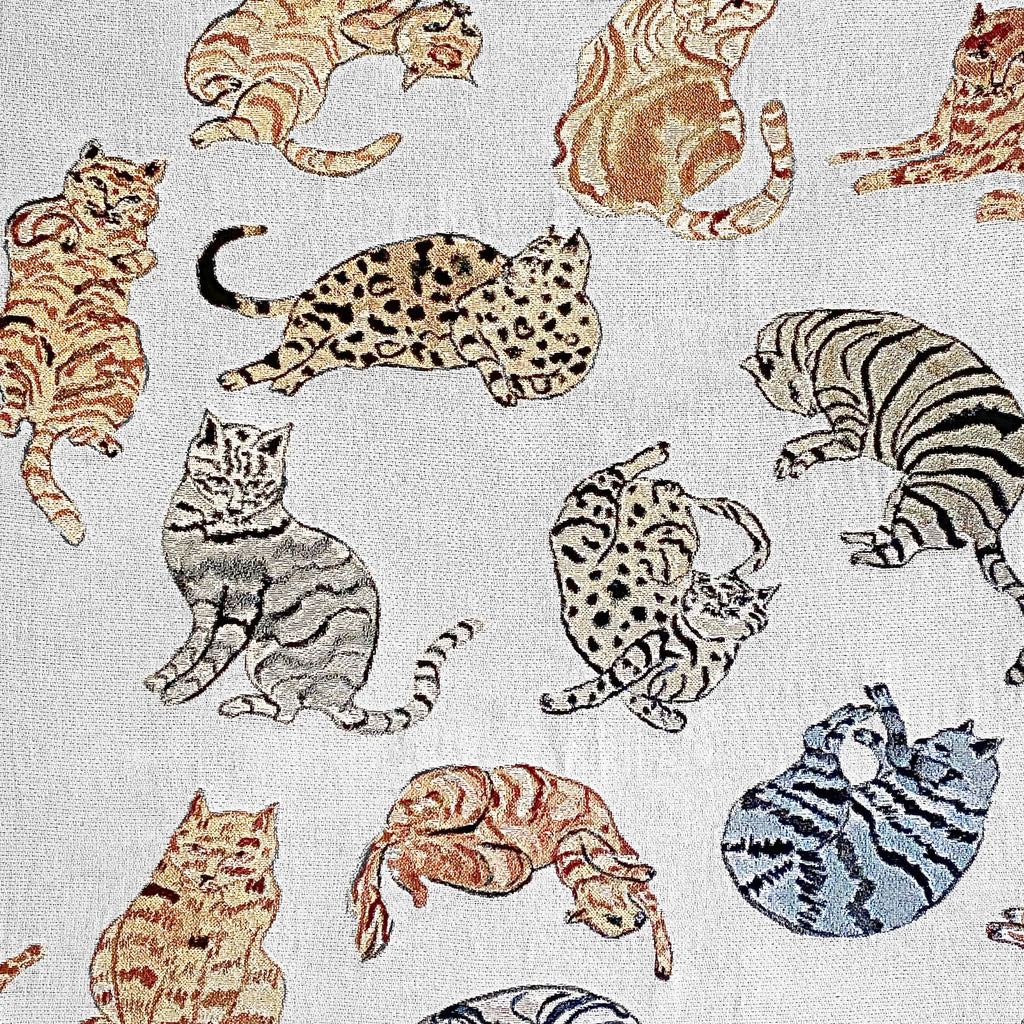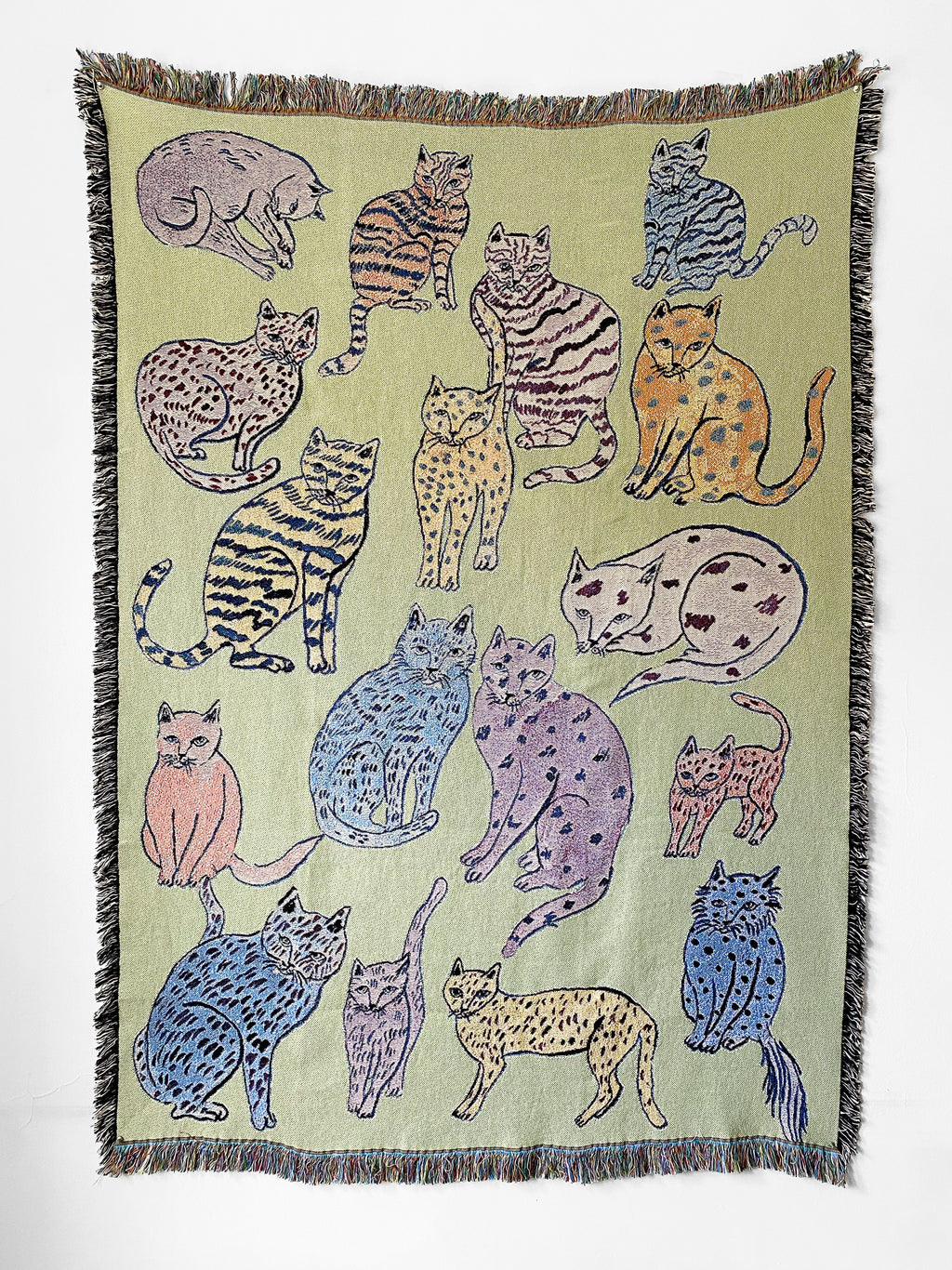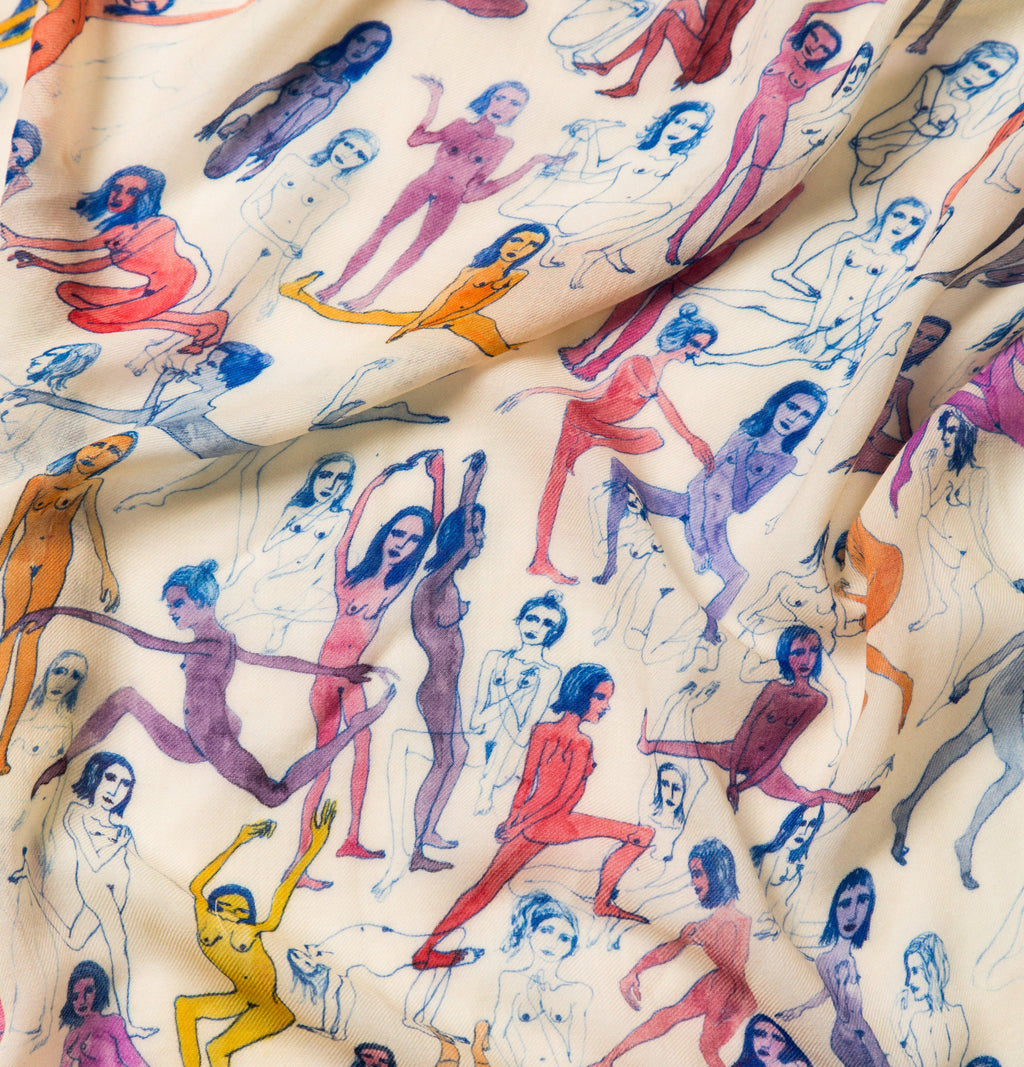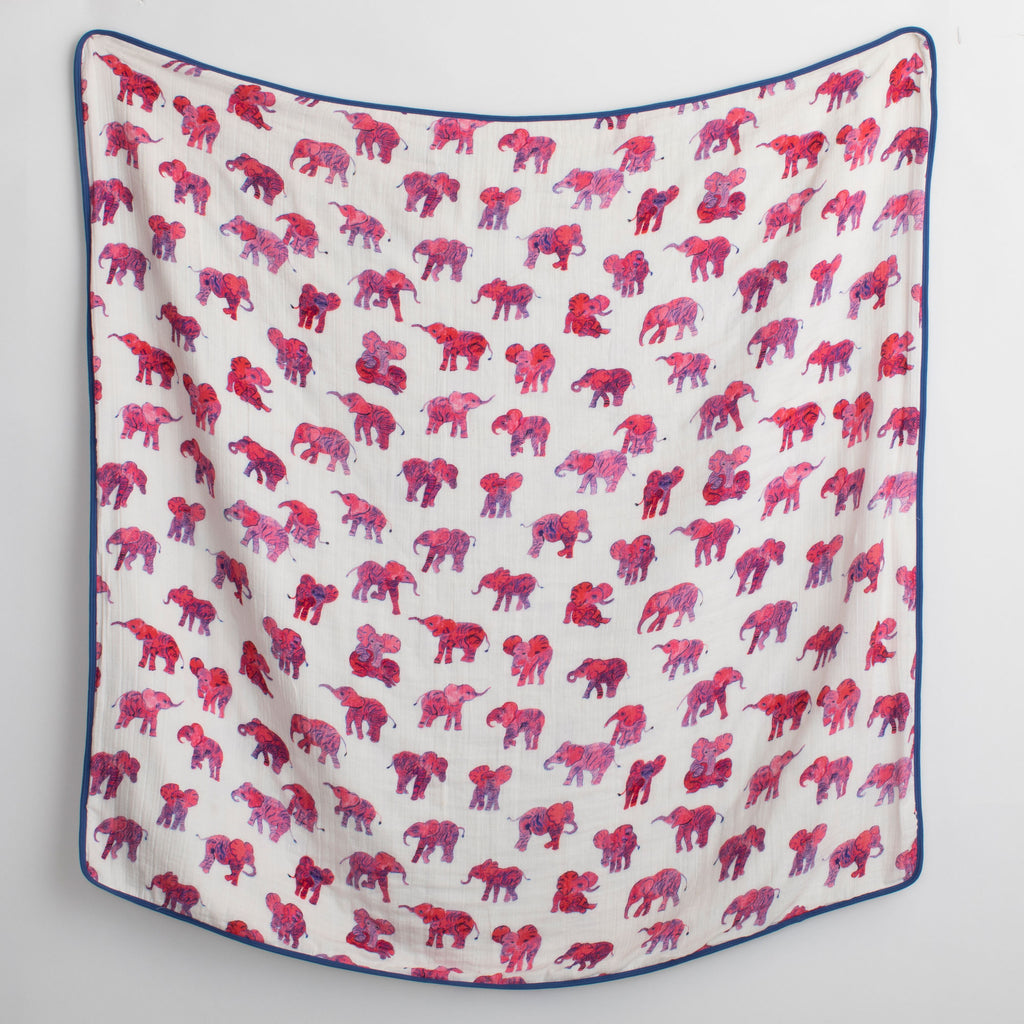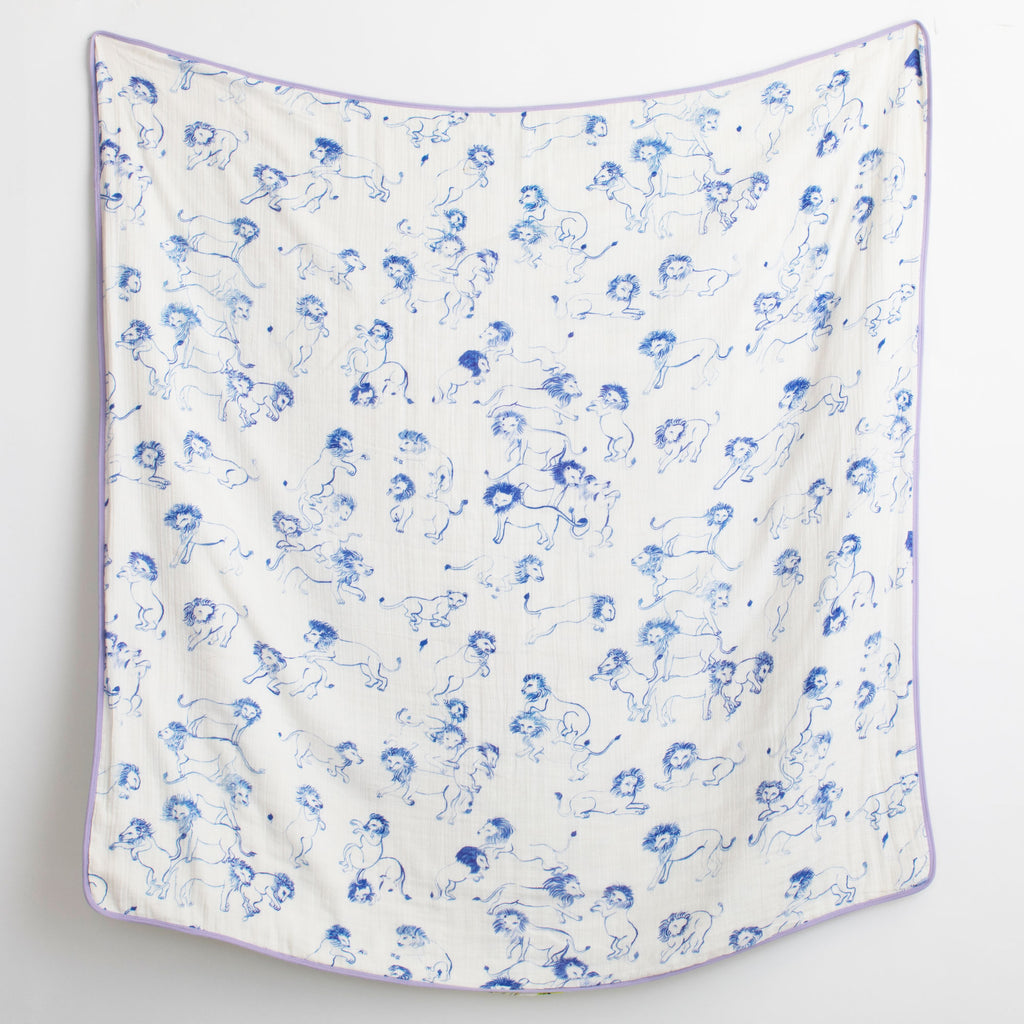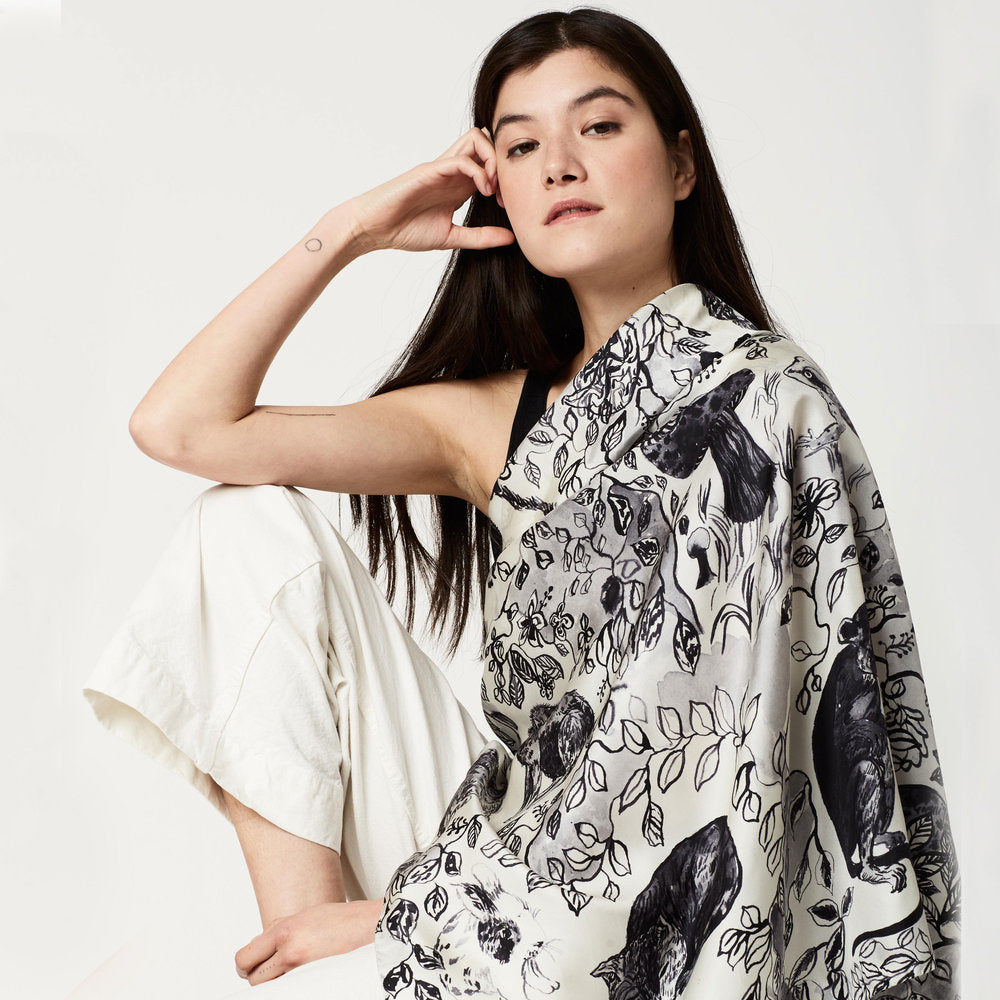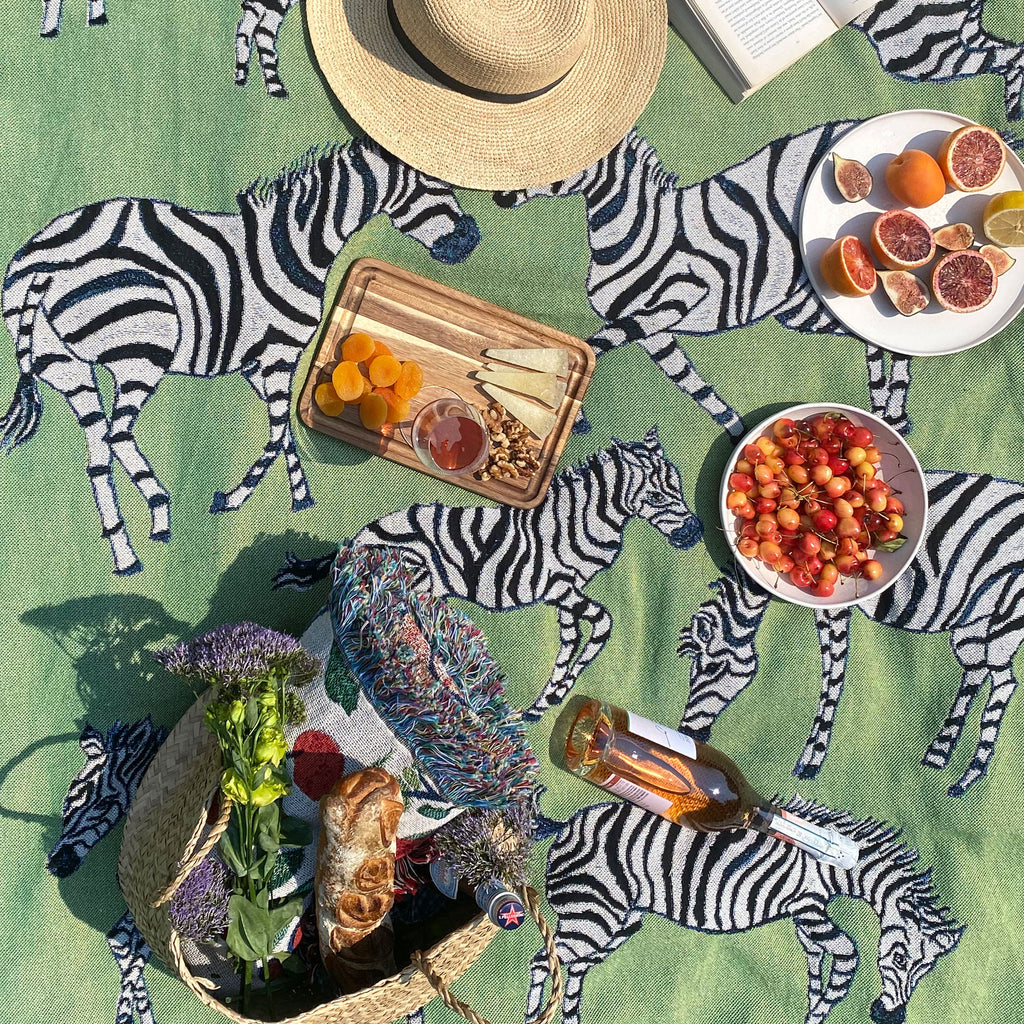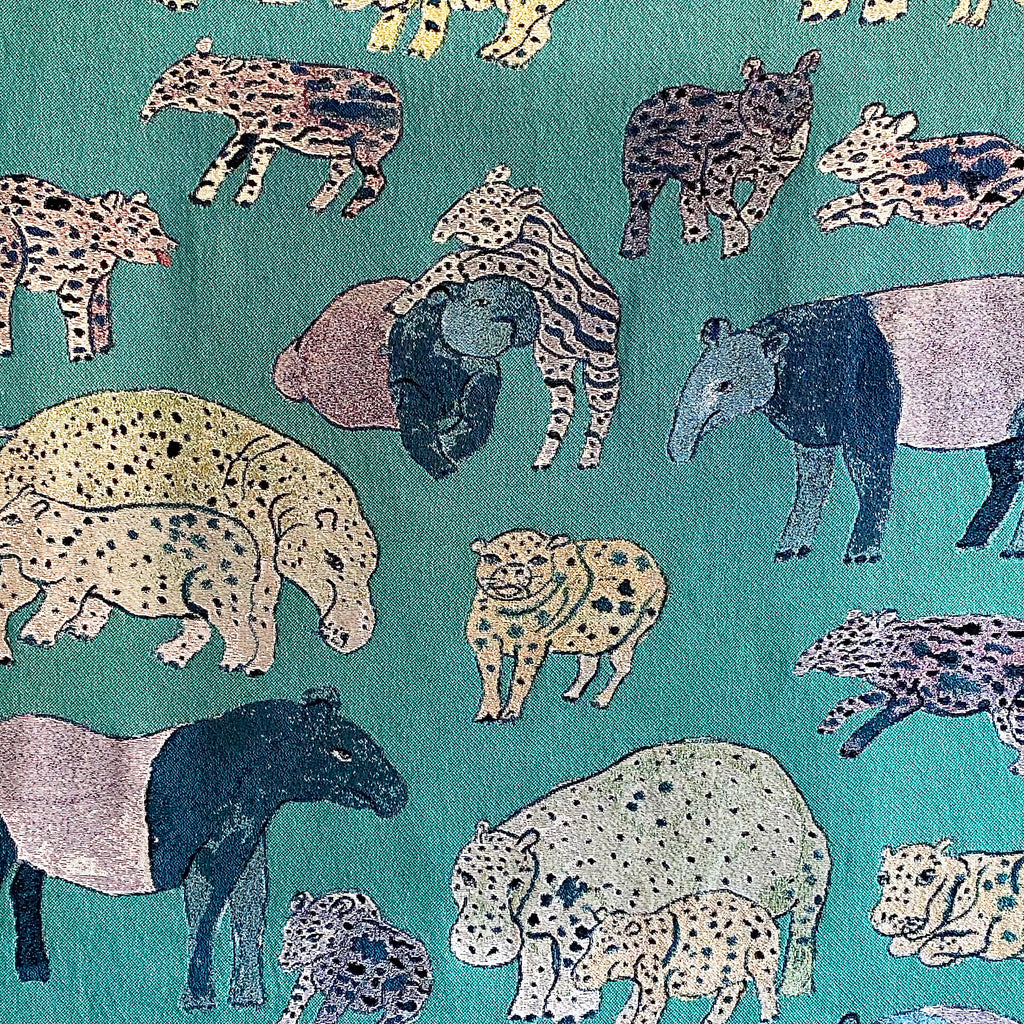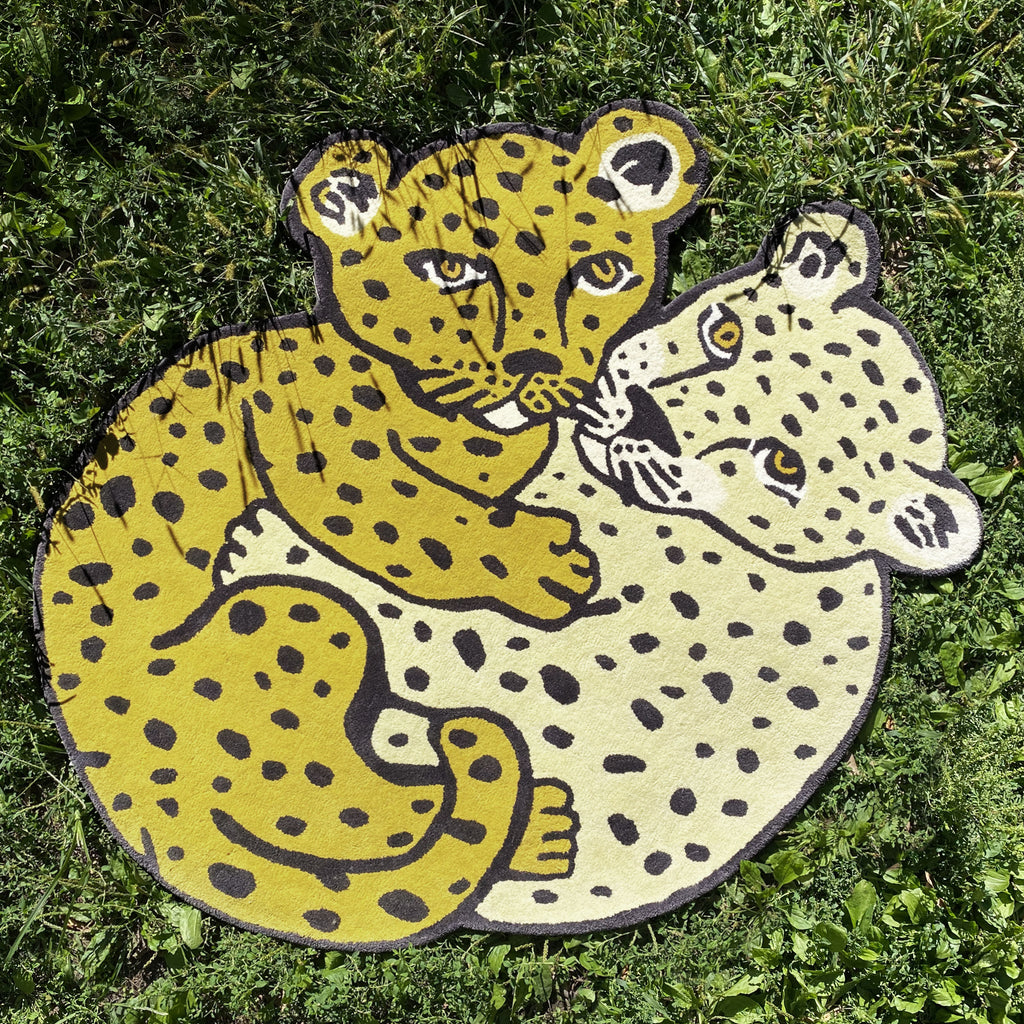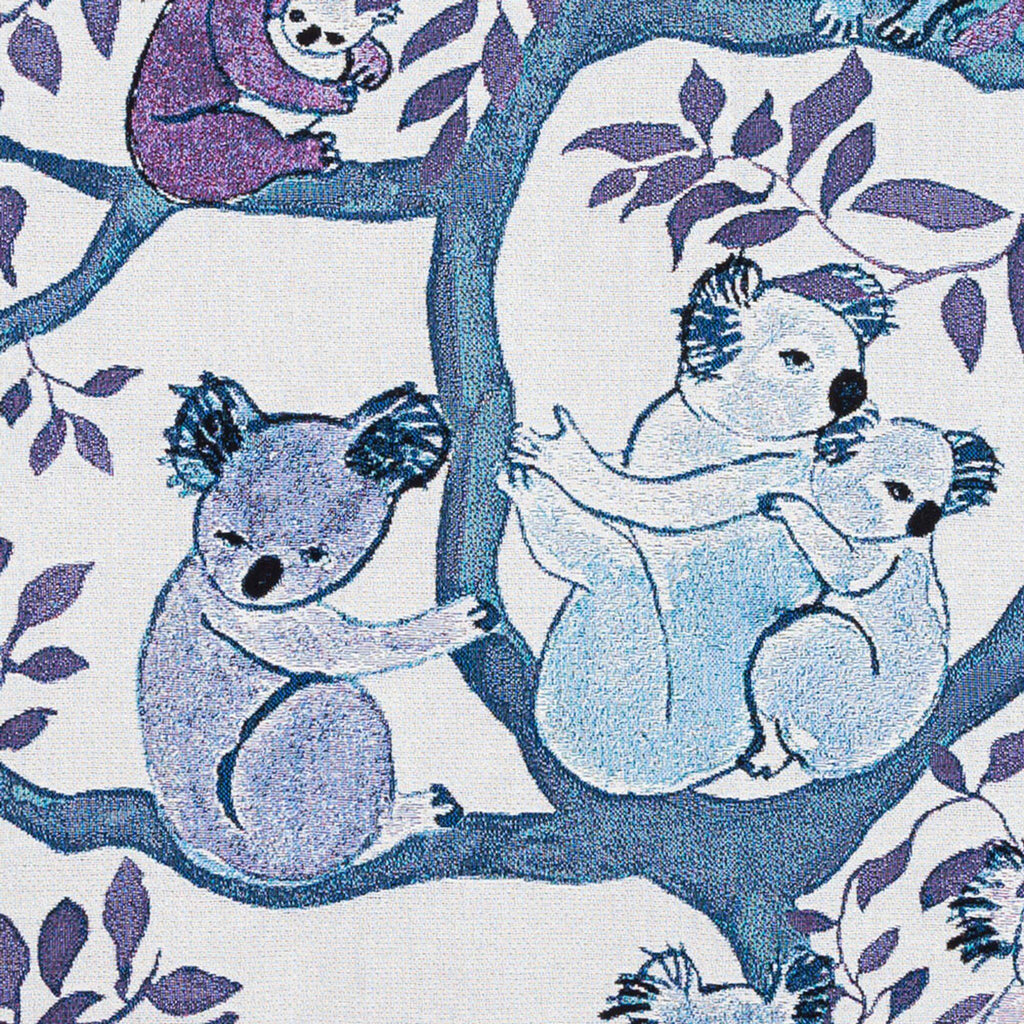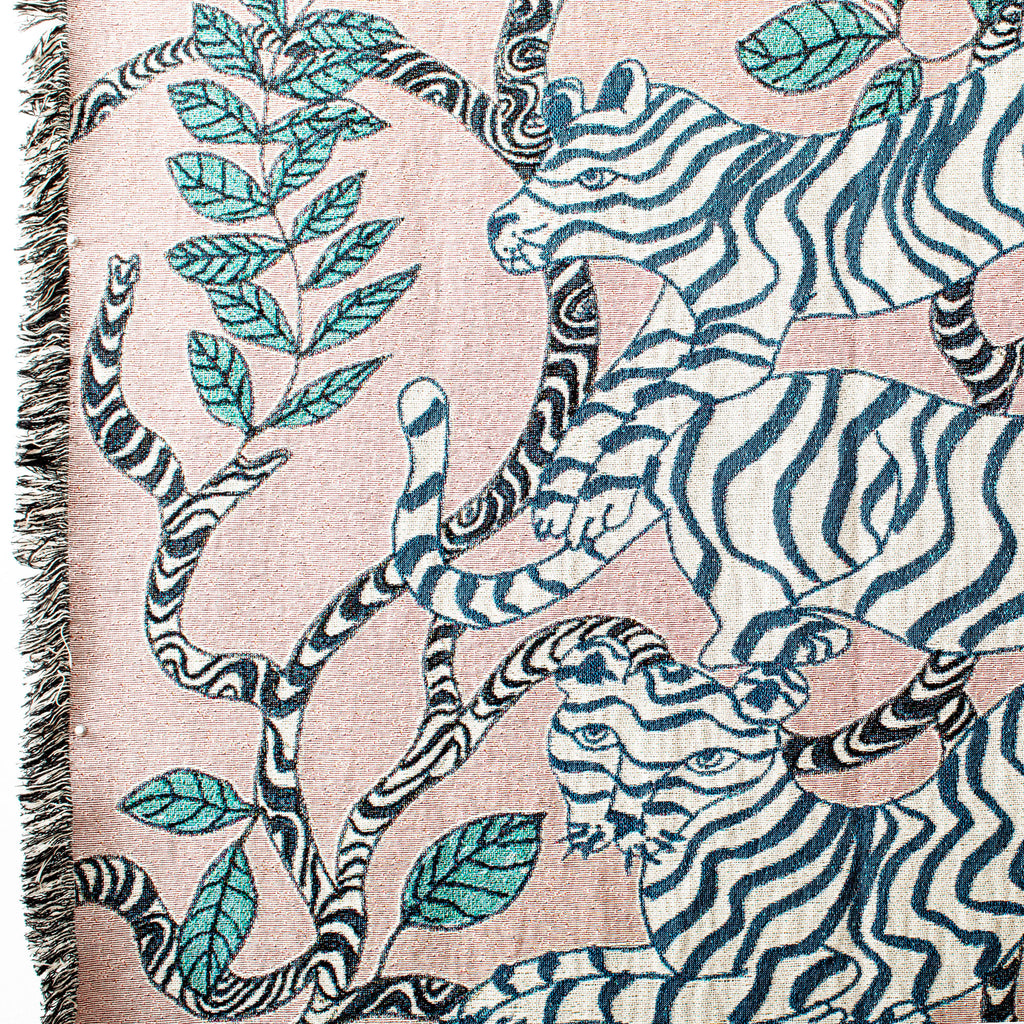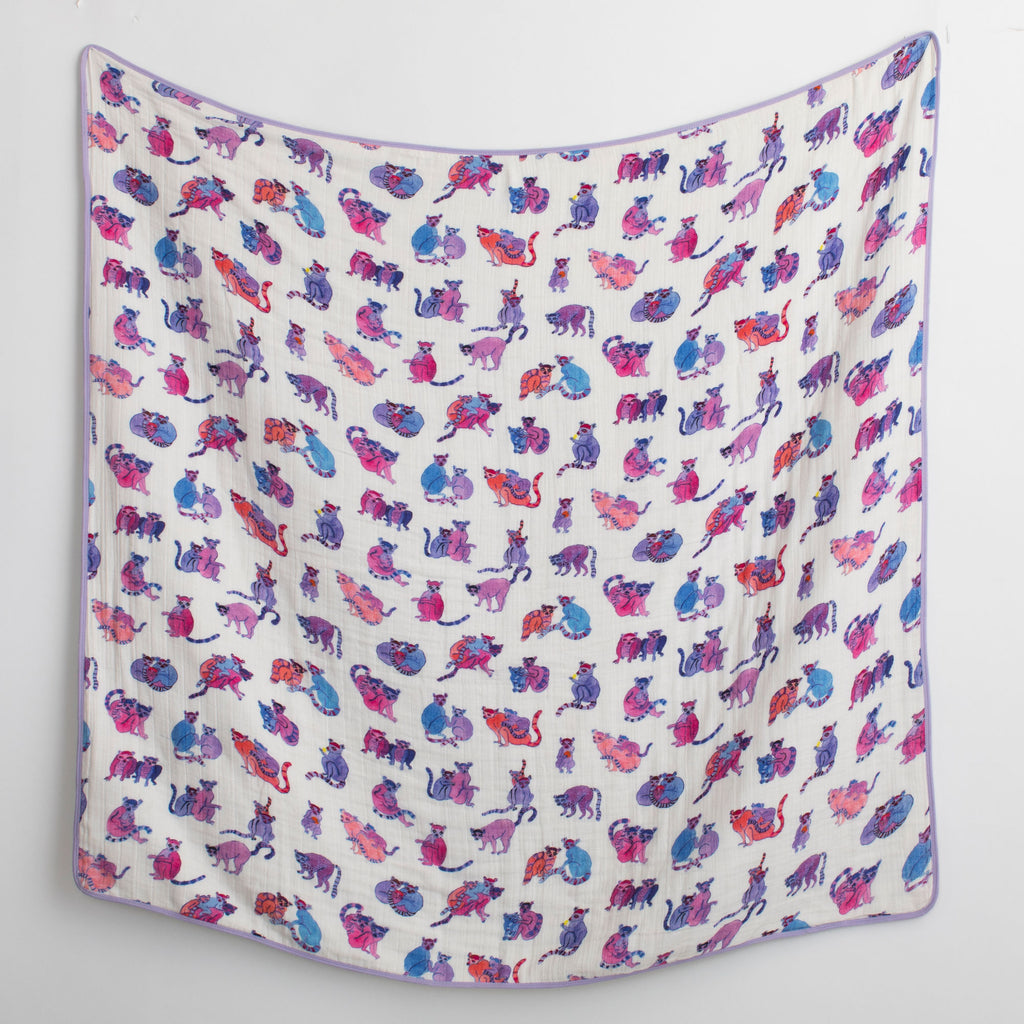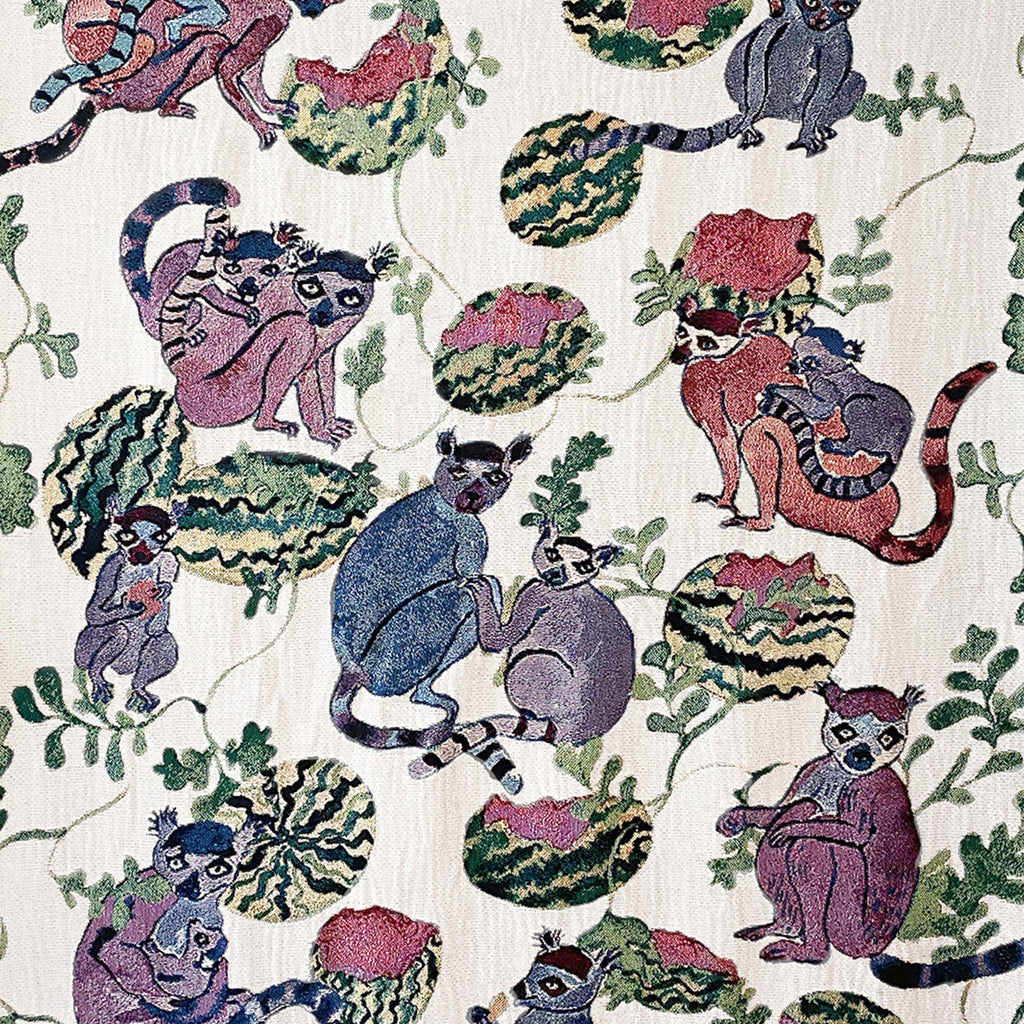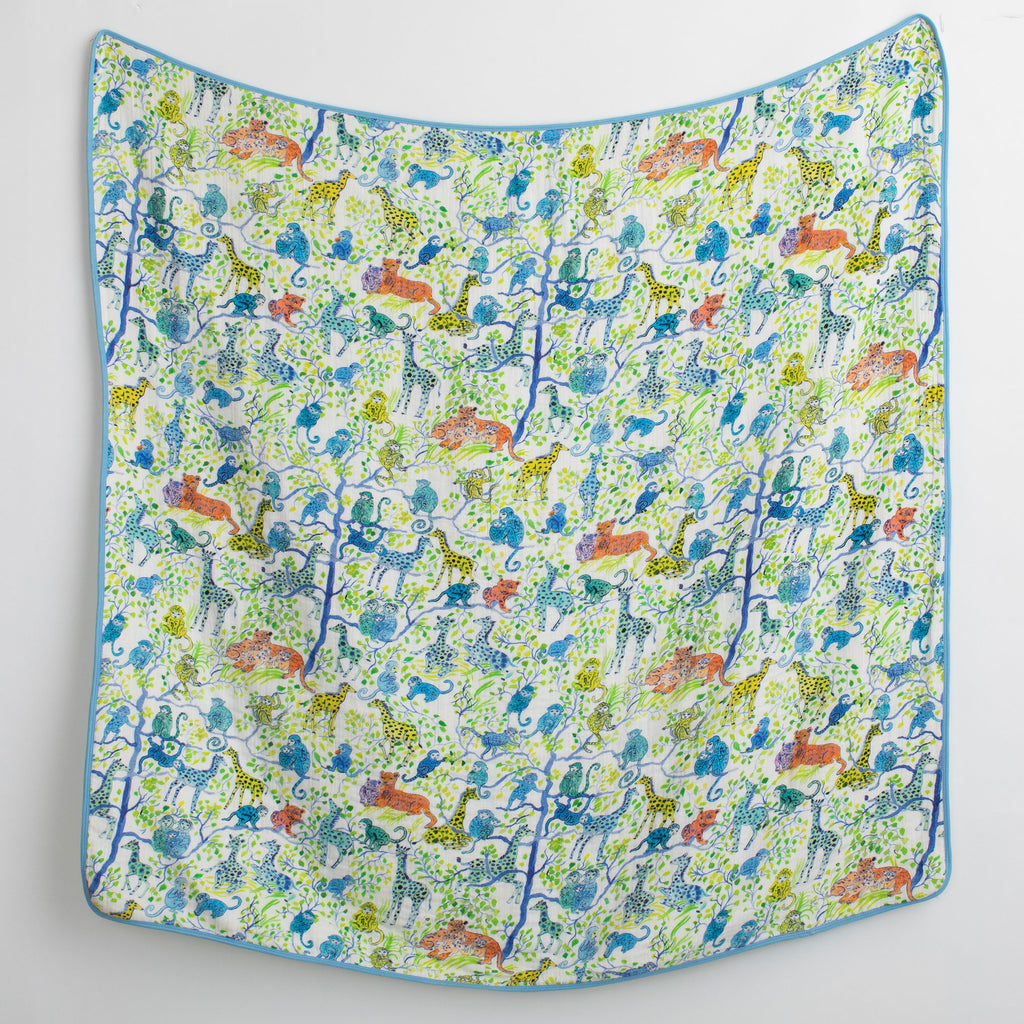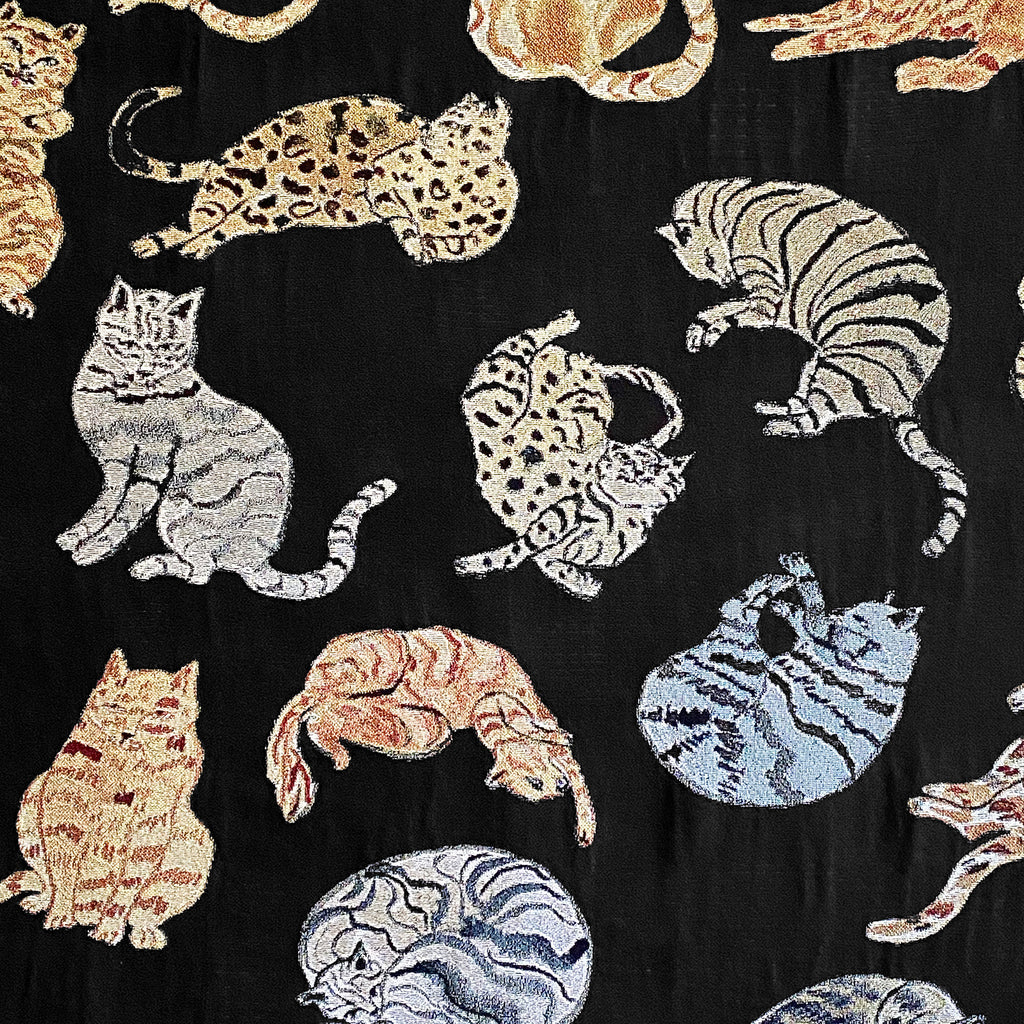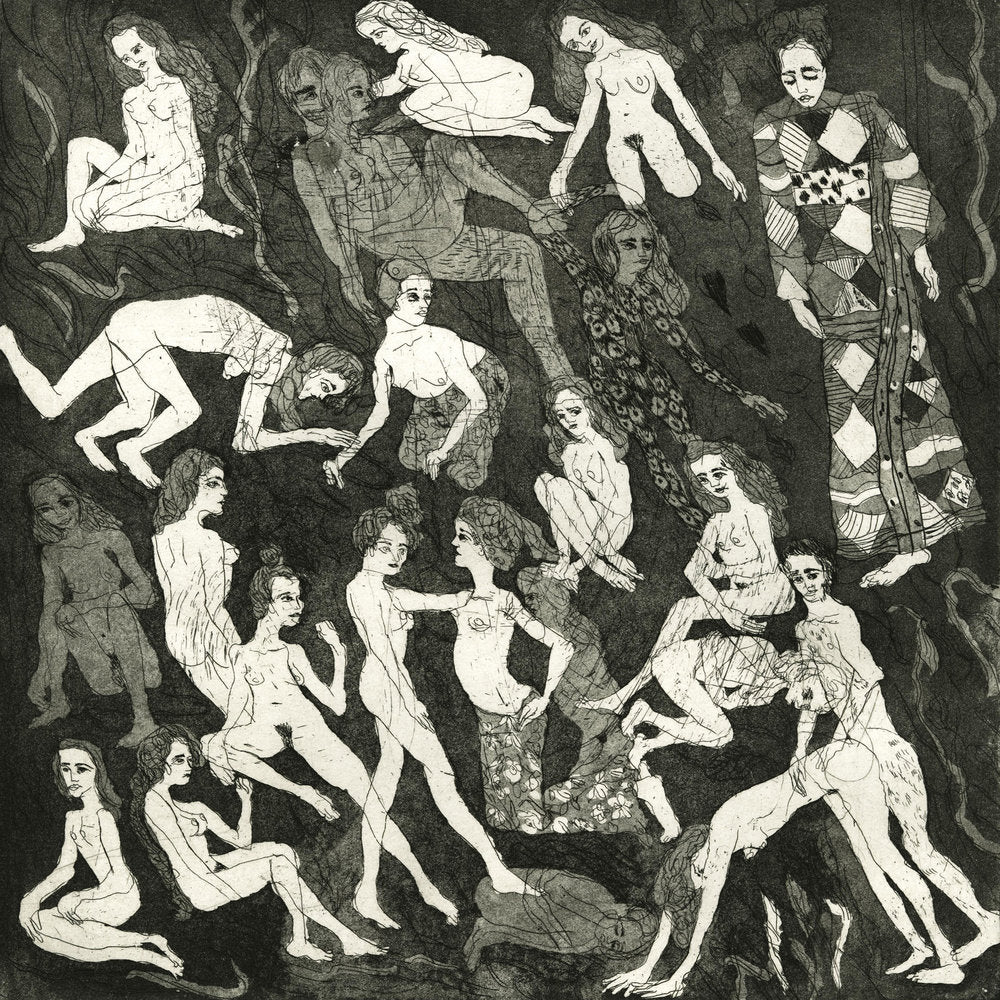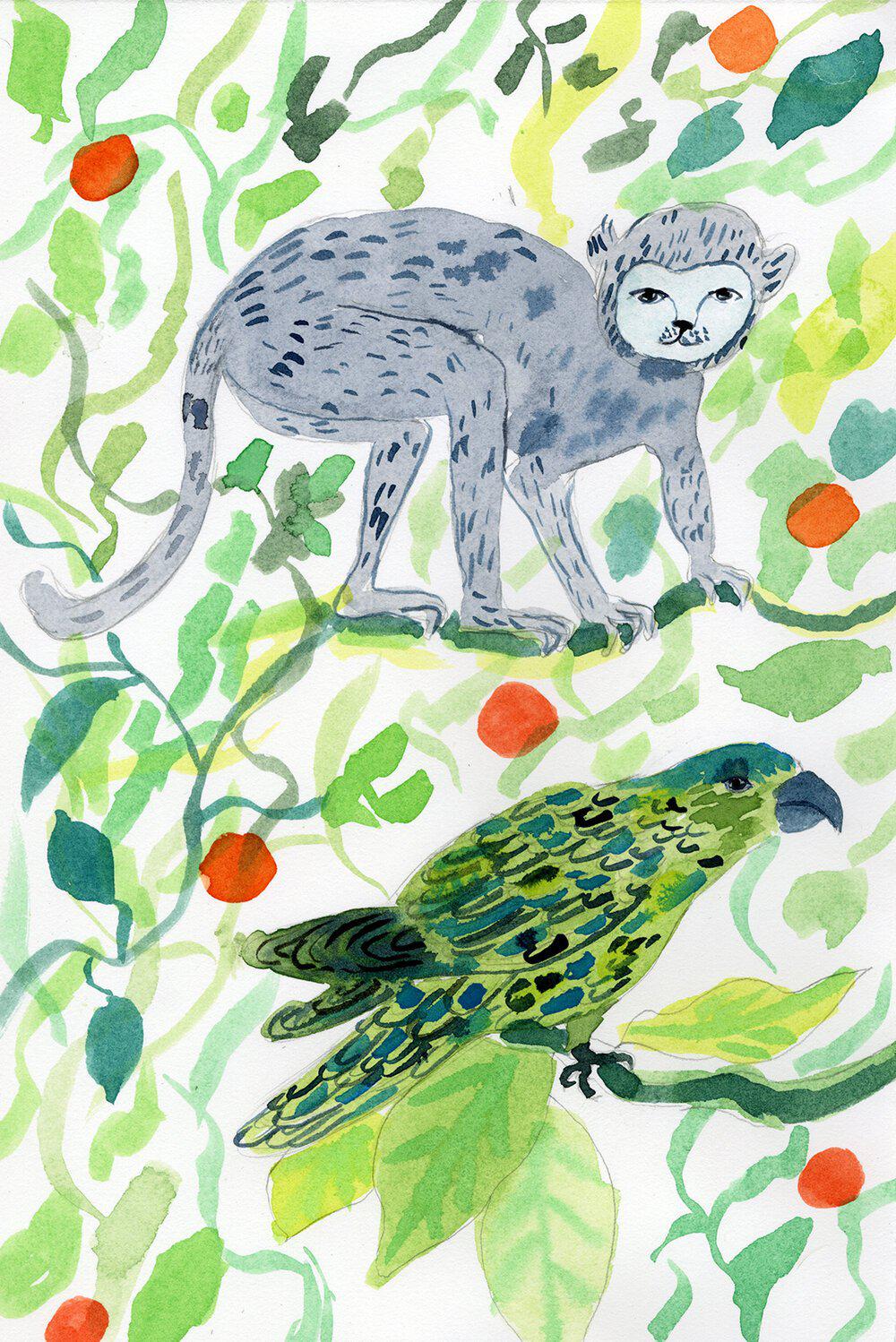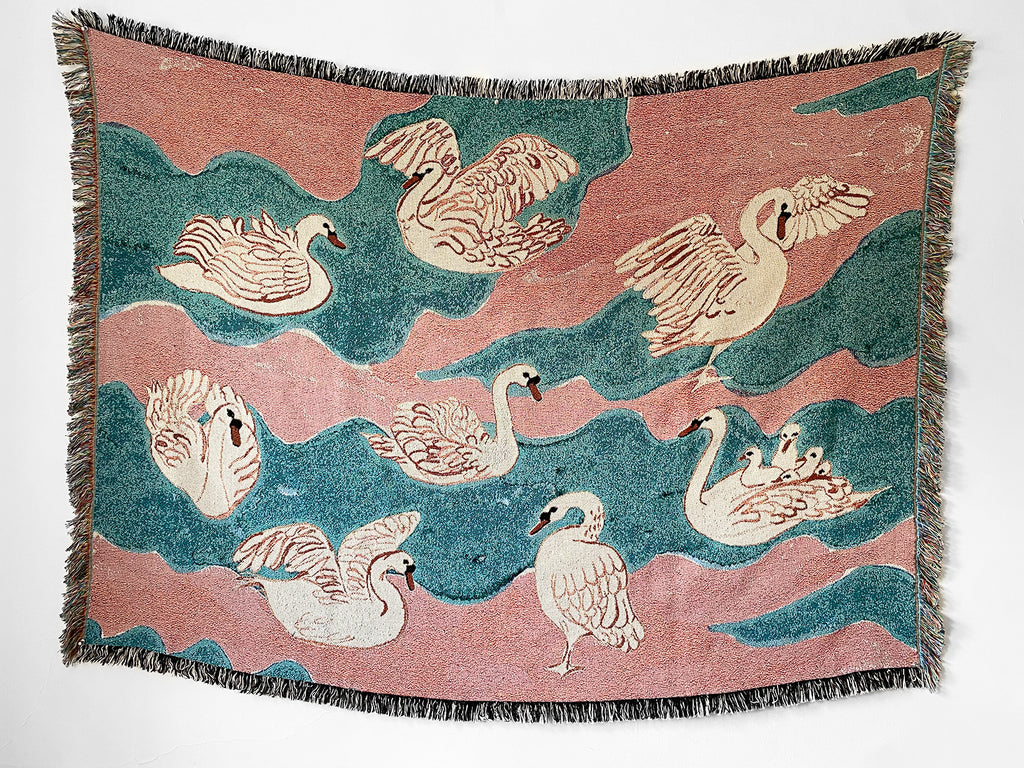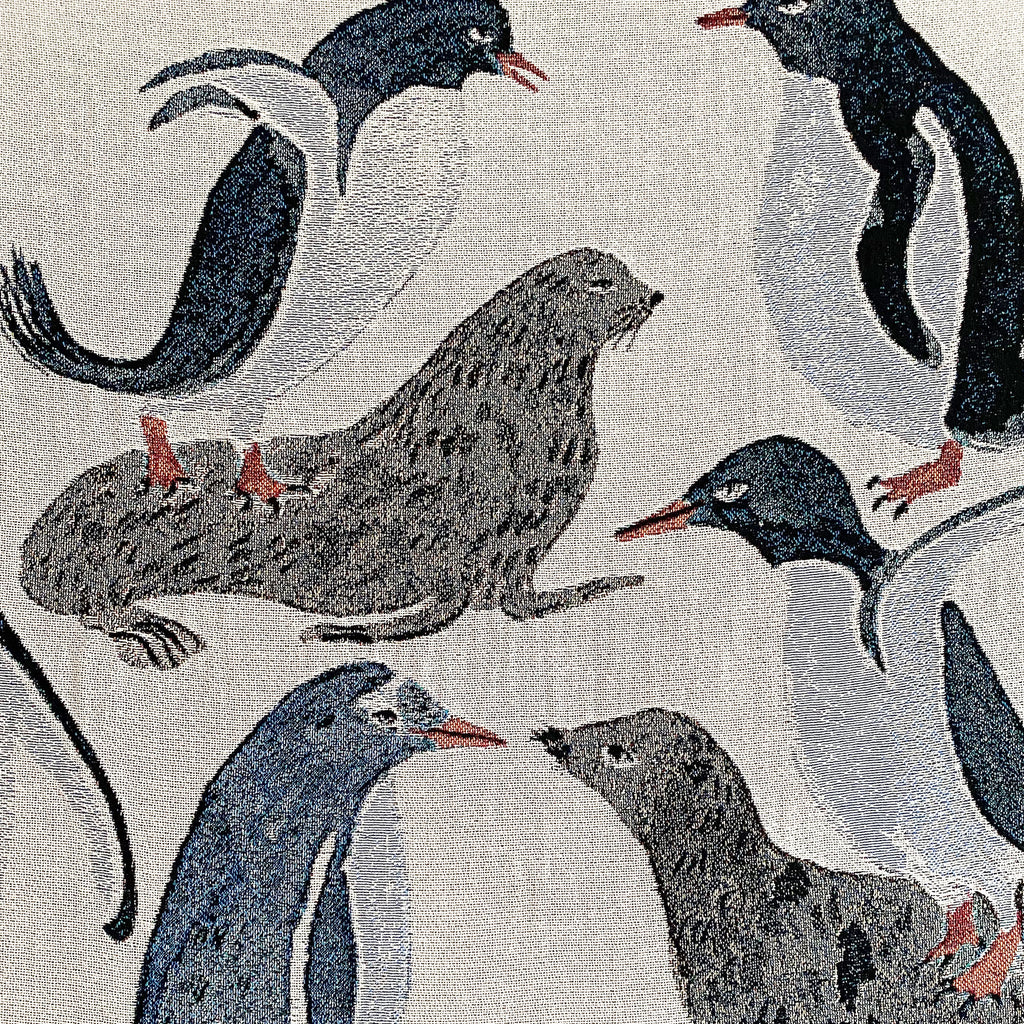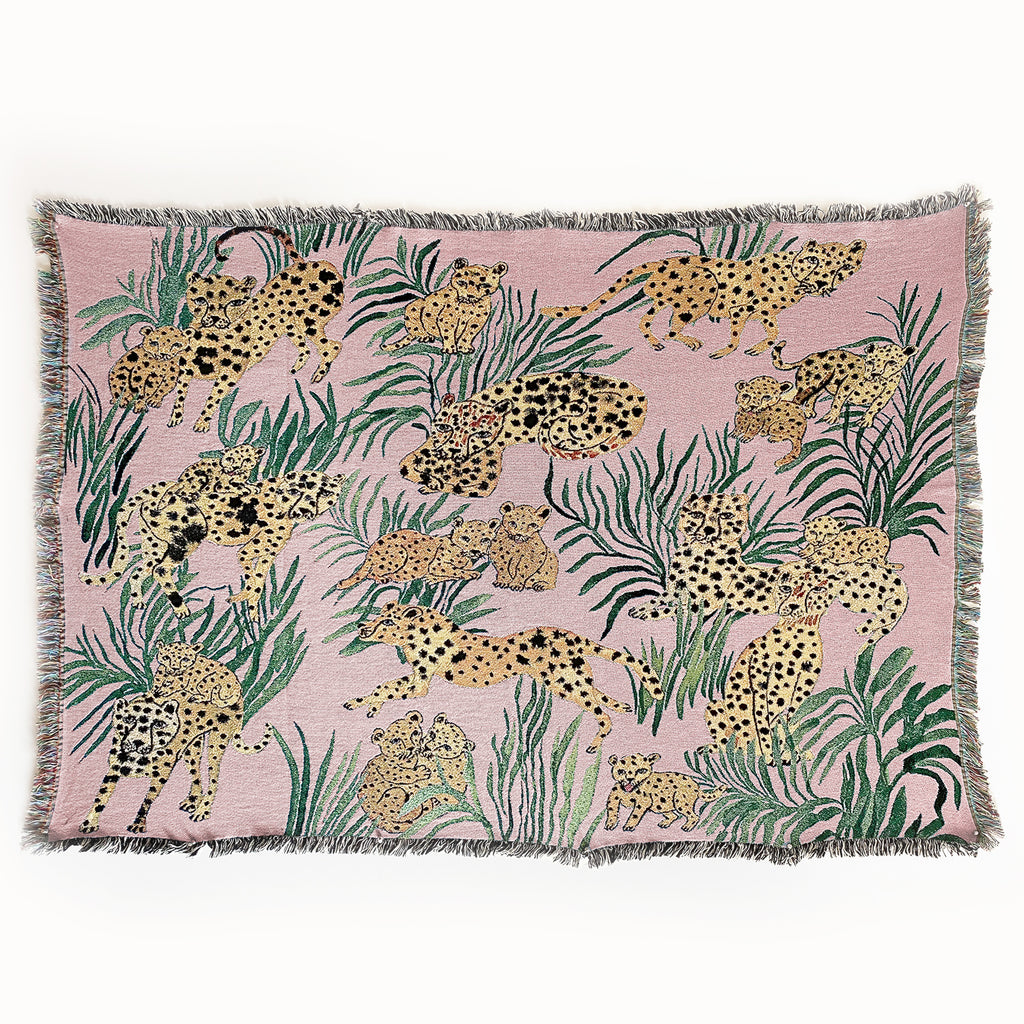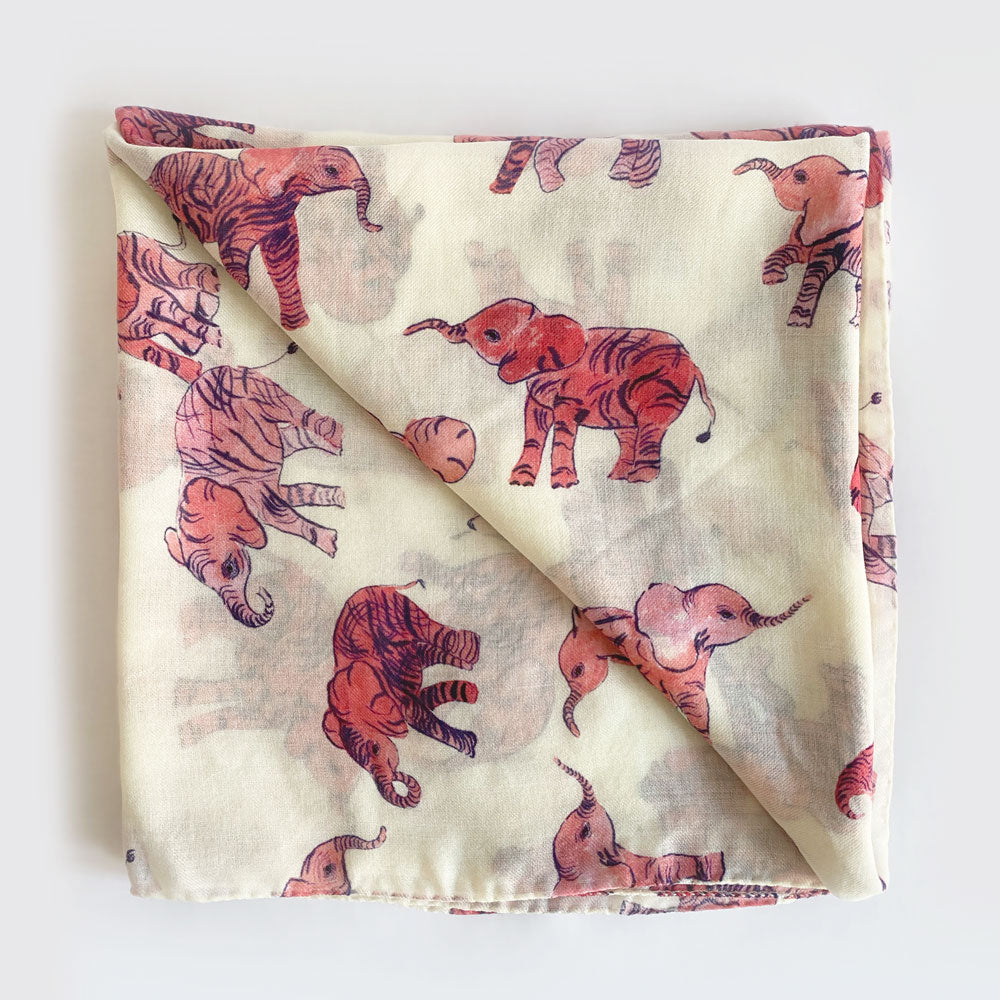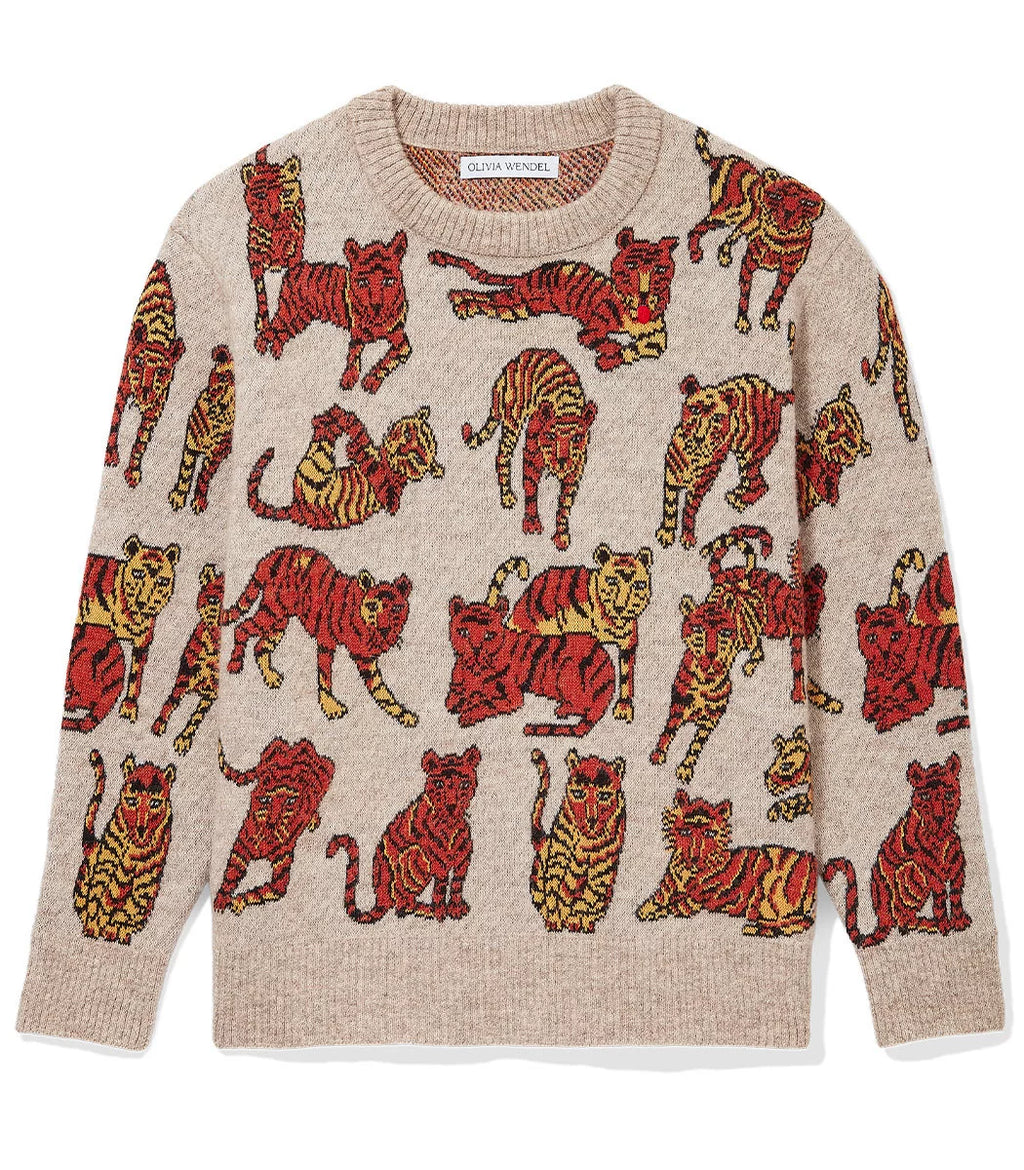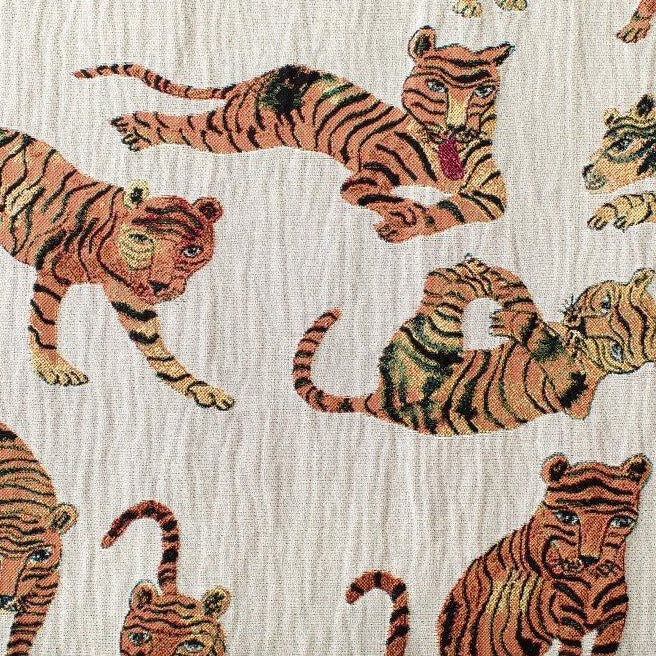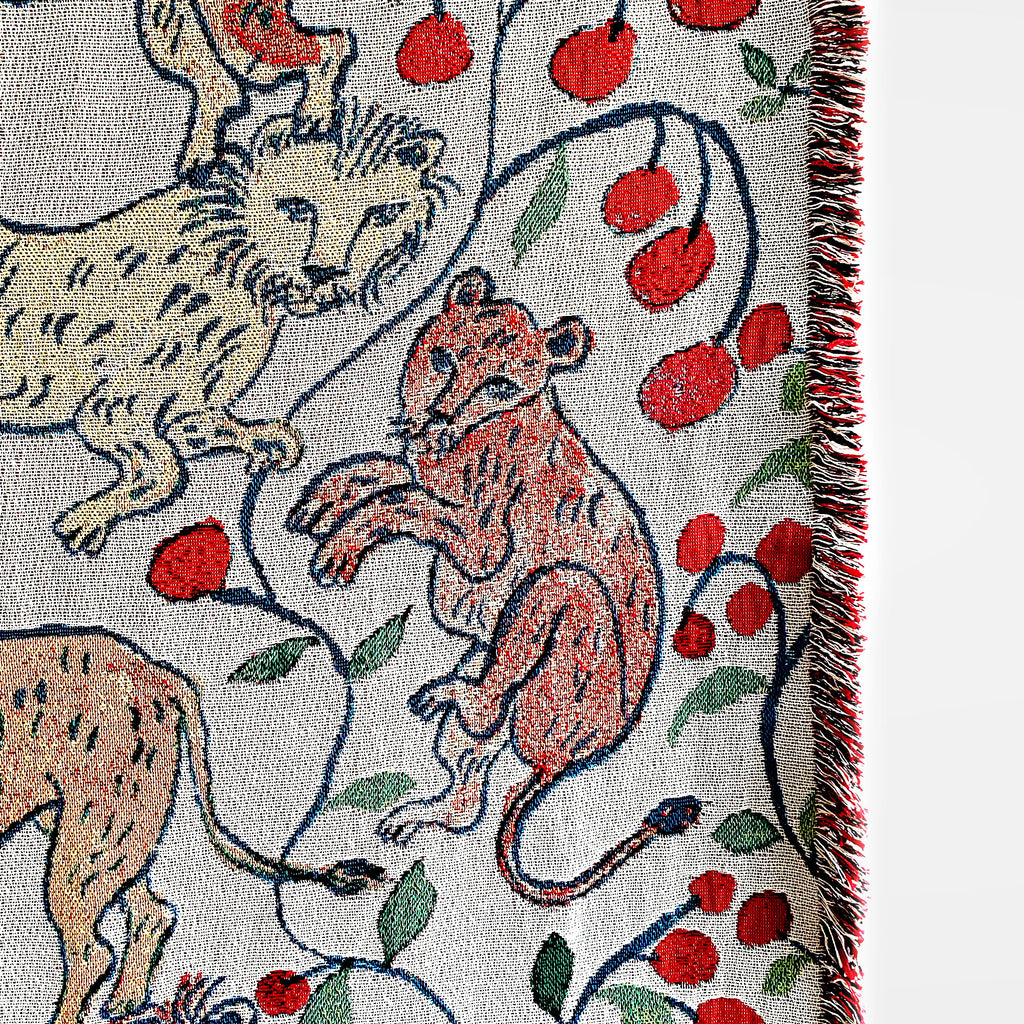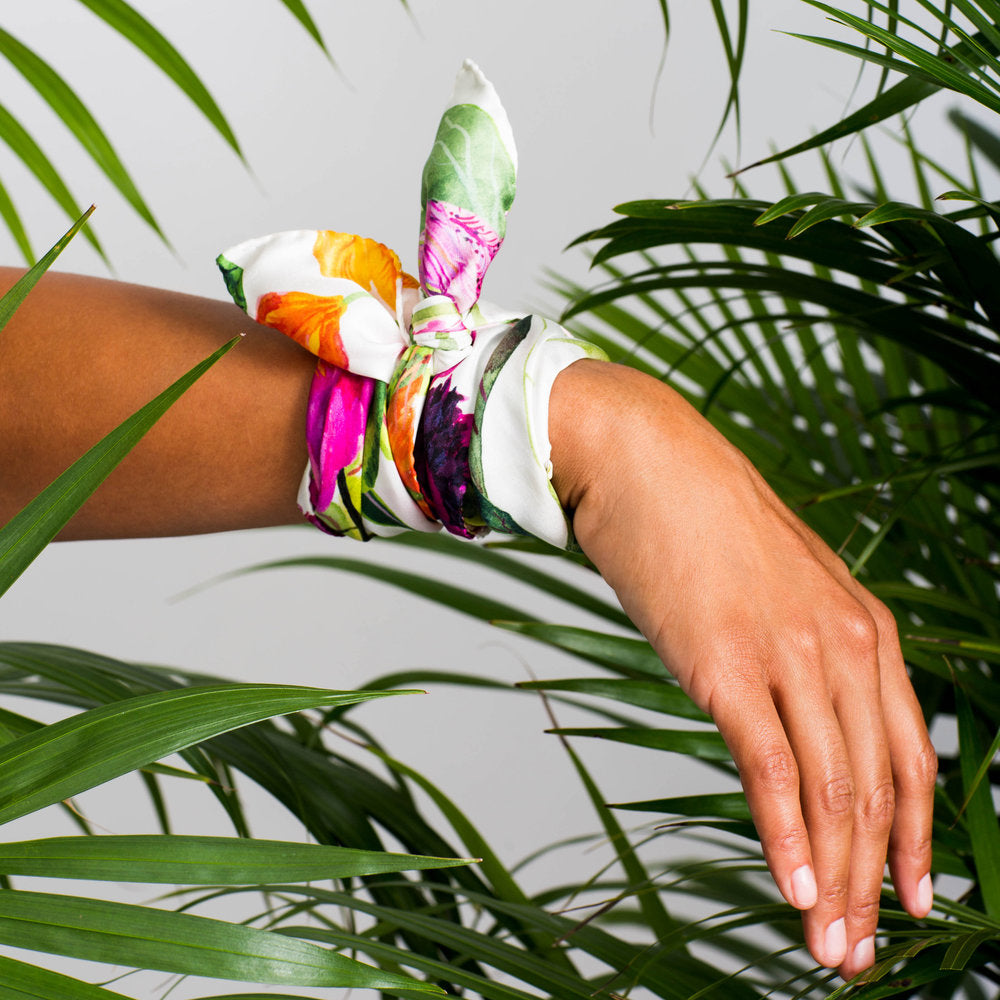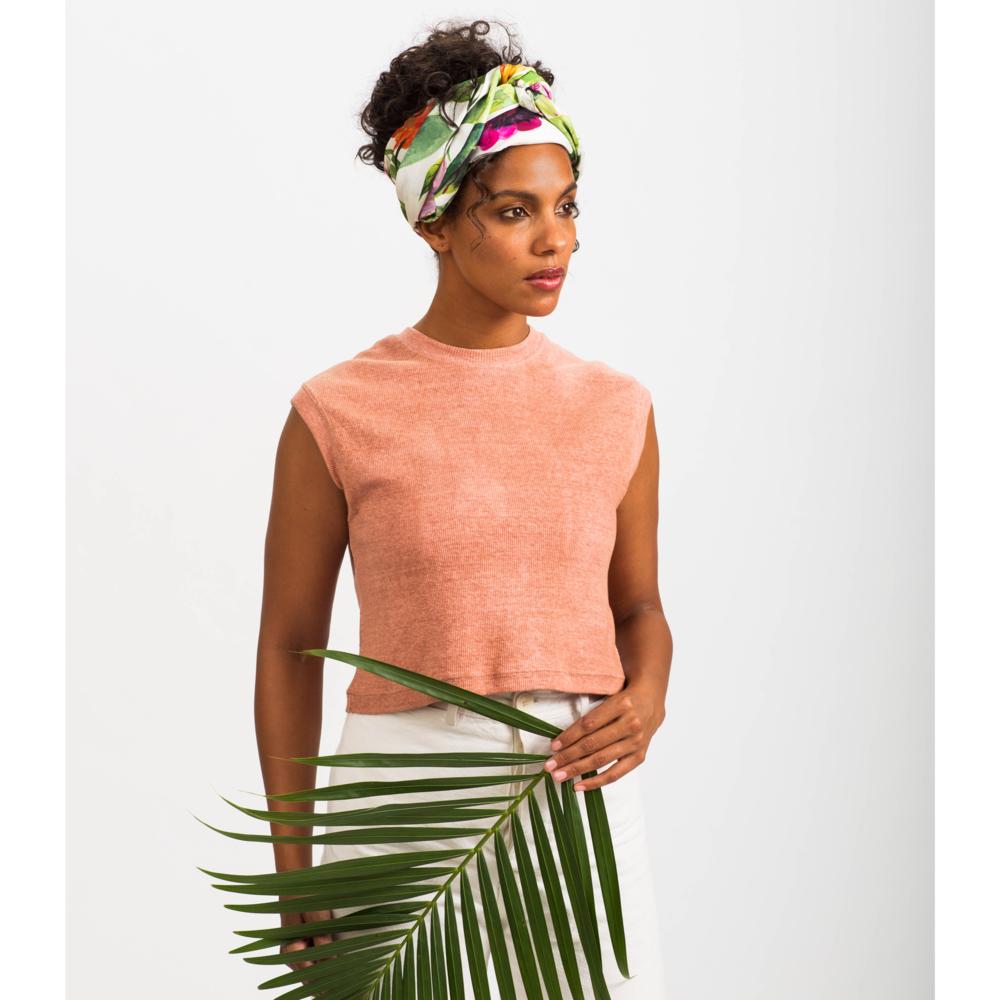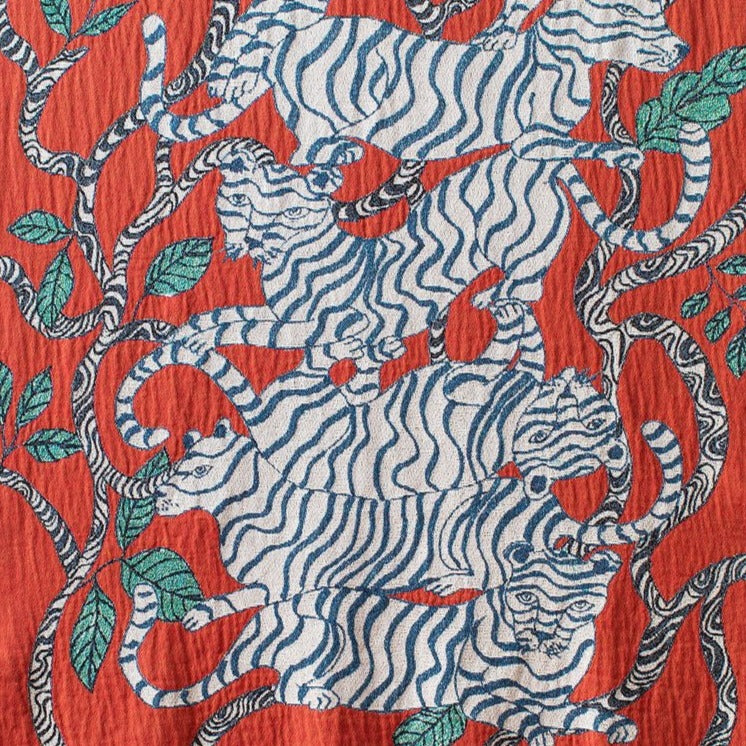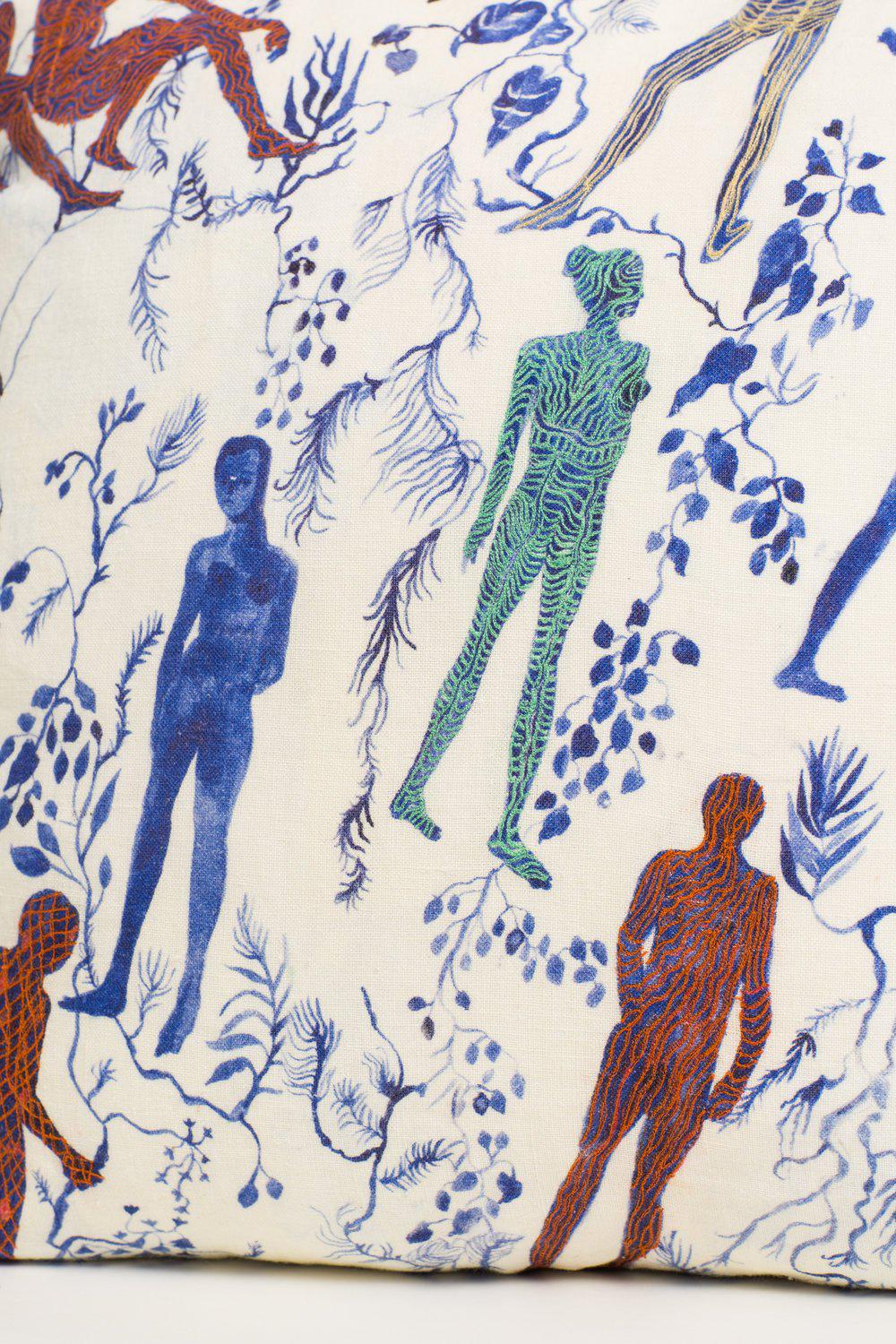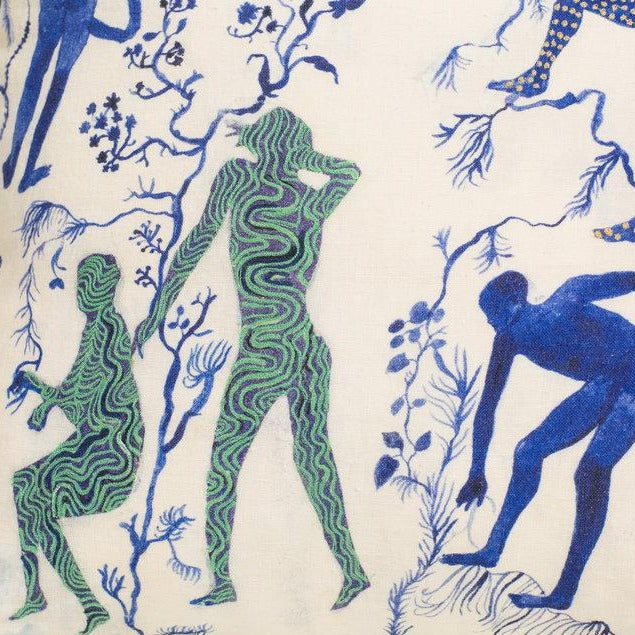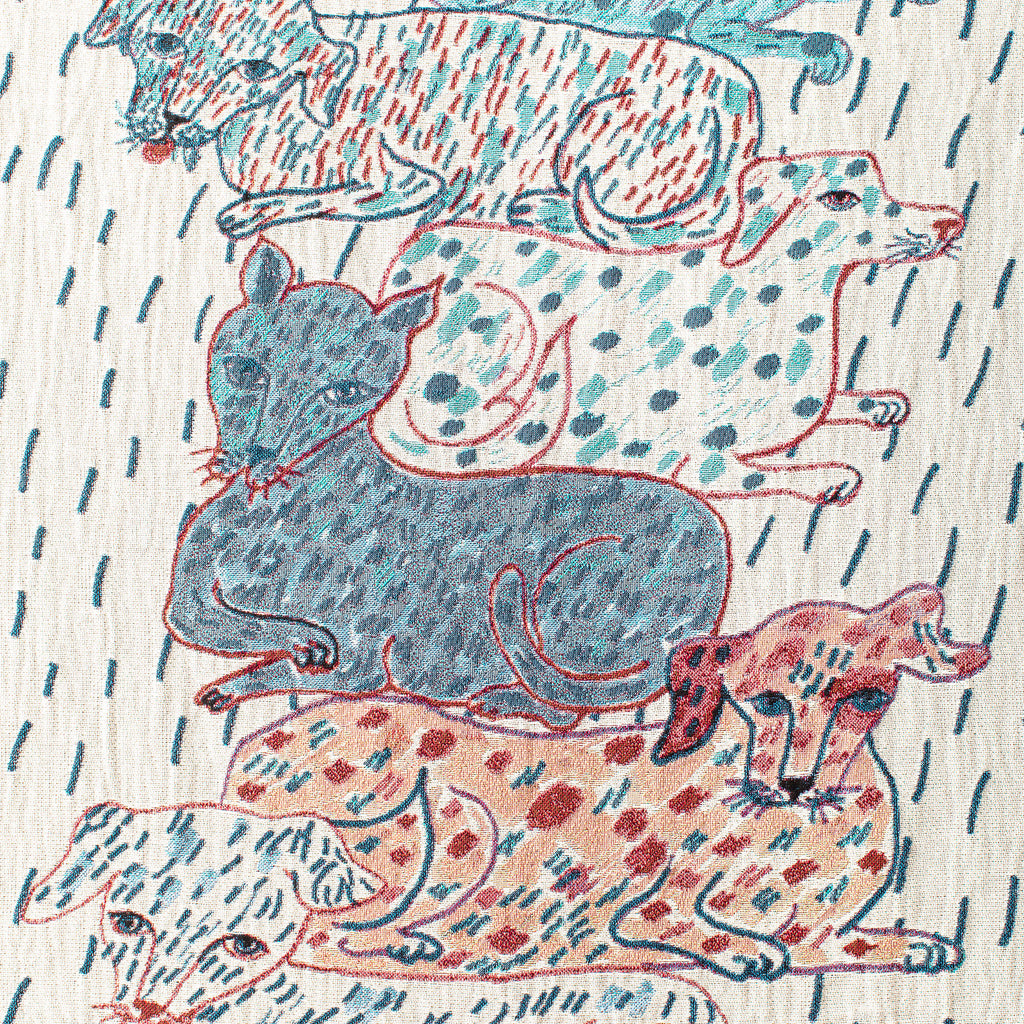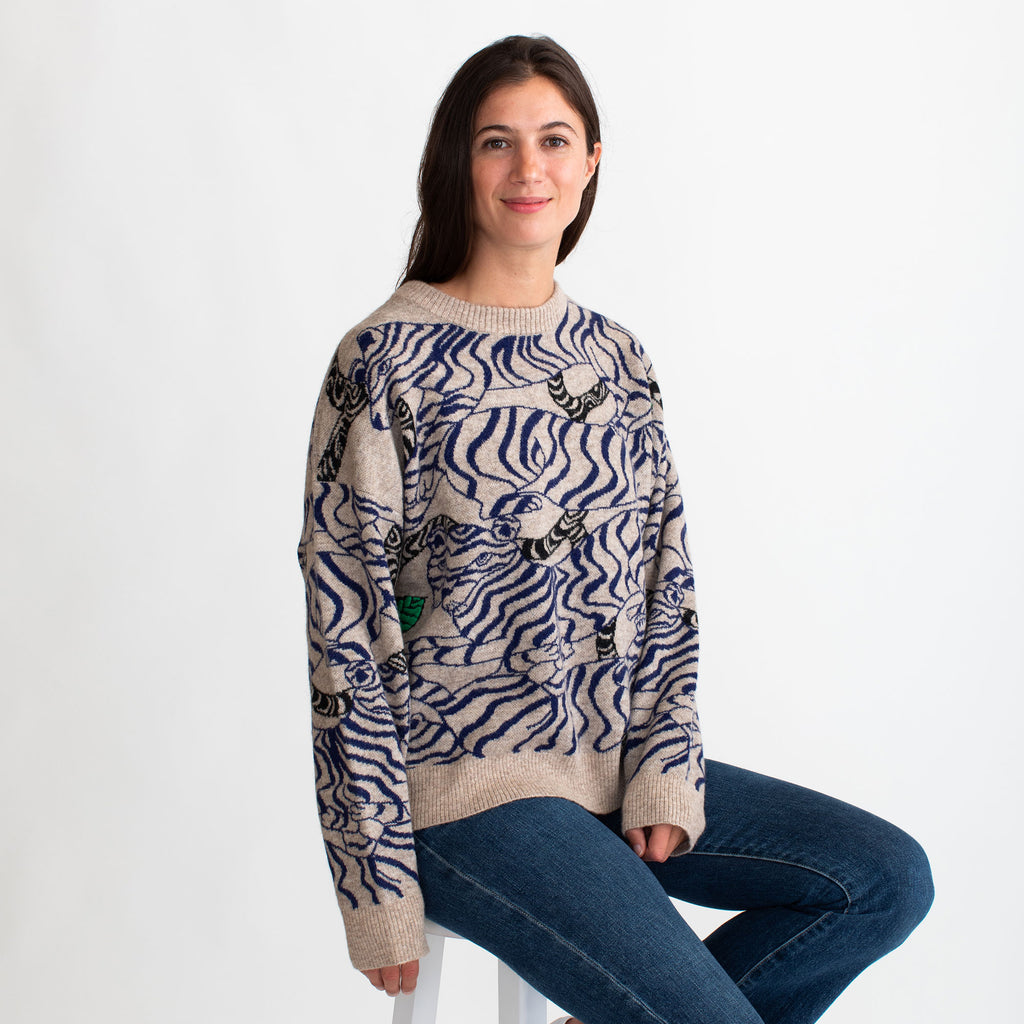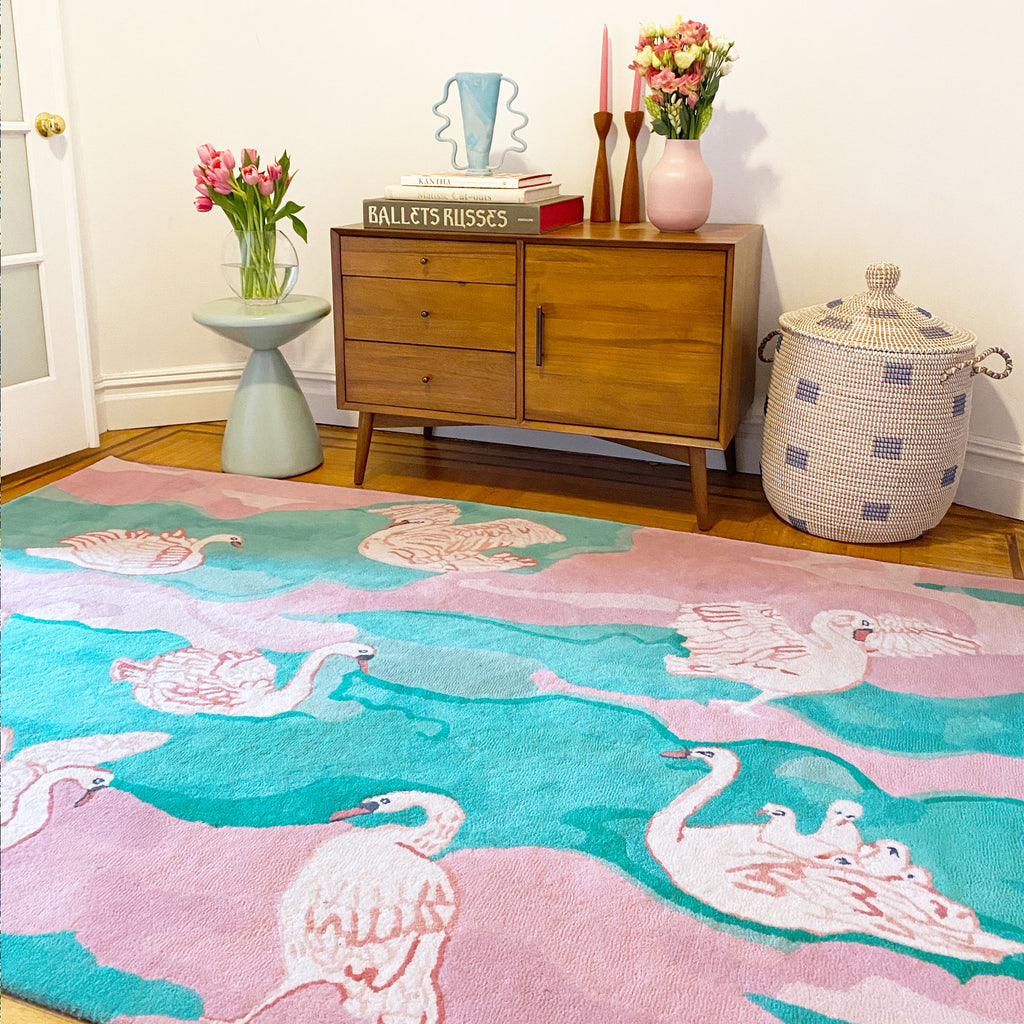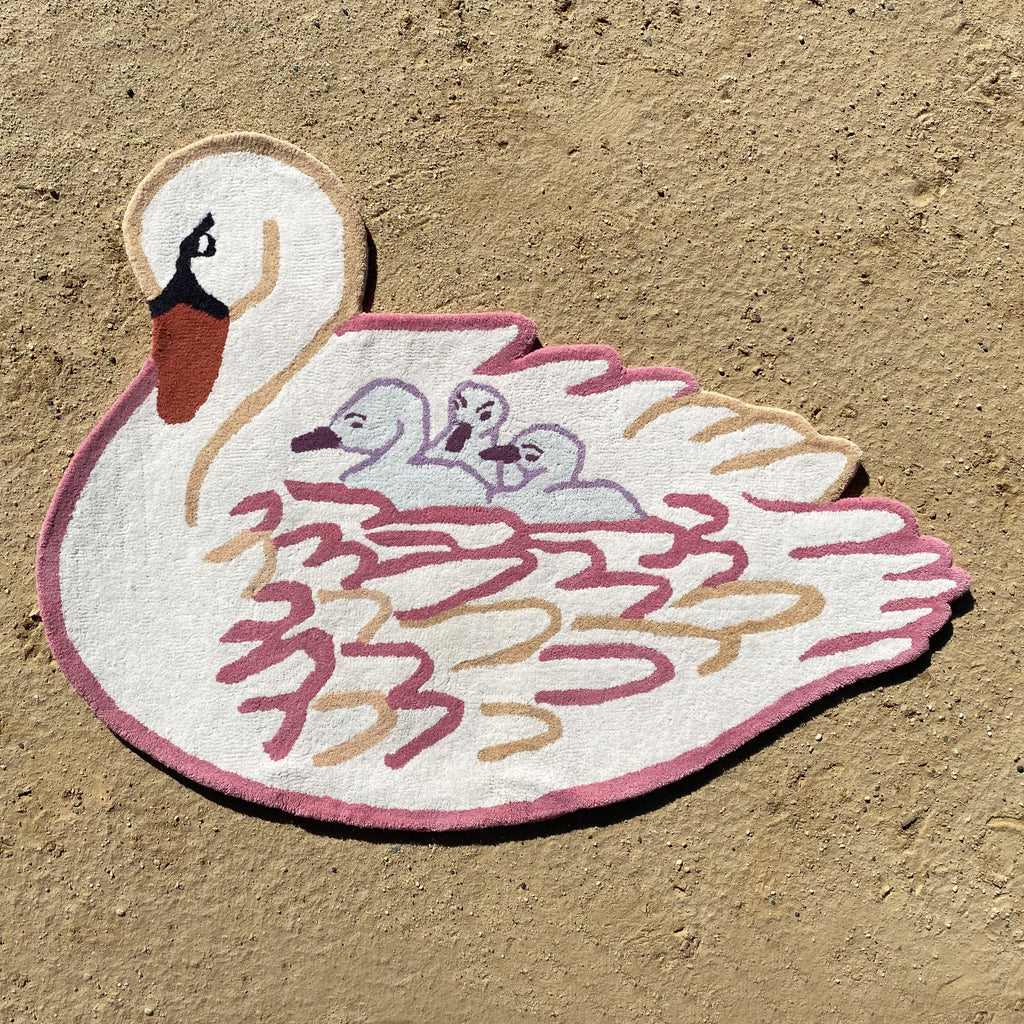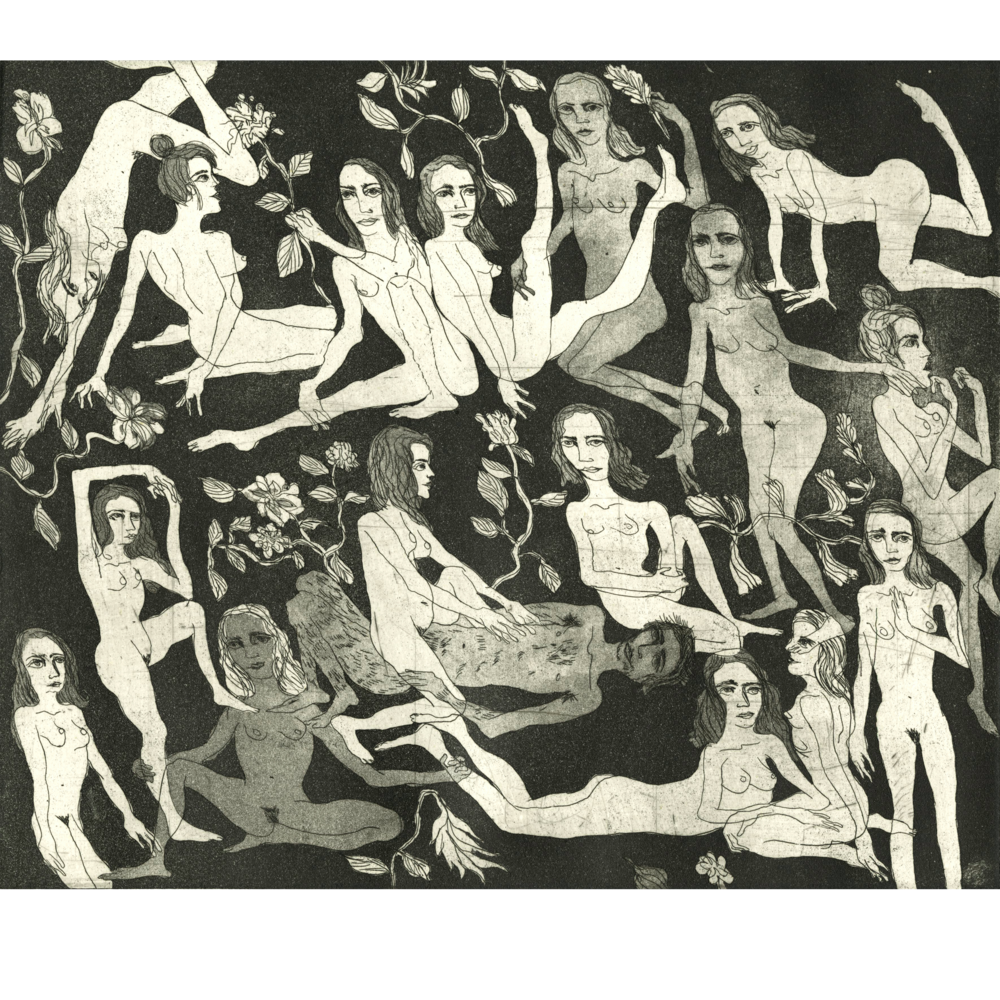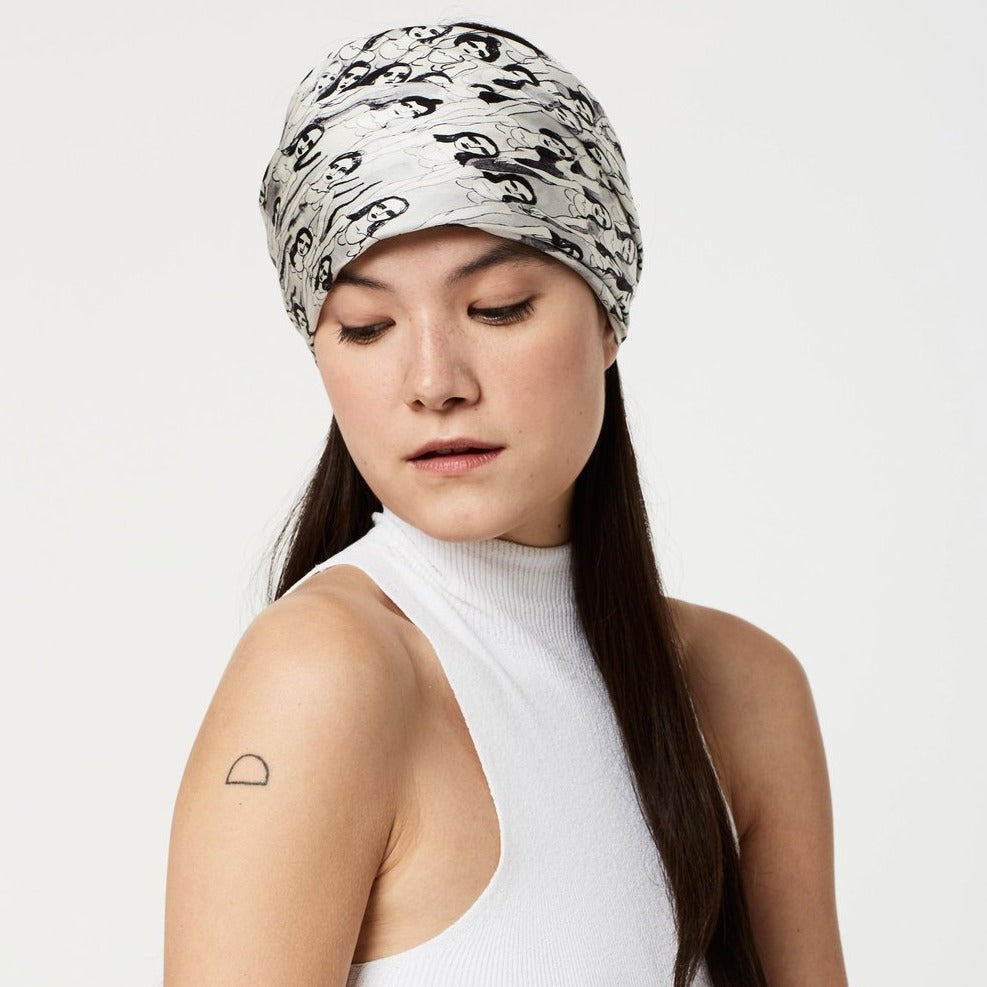Looking to design a mid century modern living room? This guide covers 25 essential ideas to help you achieve that timeless and elegant style with ease.
Mid-century modern design, which emerged in the mid-20th century, is characterized by its clean lines, organic curves, and a focus on functionality. This style often incorporates a mix of traditional and non-traditional materials, making it both innovative and nostalgic.
By following these ideas, you can create a living room that looks stylish and feels comfortable and inviting. From choosing the right furniture pieces to integrating bold patterns and natural materials, this guide will walk you through every step of the process.
Whether you're a seasoned interior designer or a novice looking to refresh your space, these tips will help you bring mid-century modern charm into your home.
Creating a Mid-Century Modern Living Room
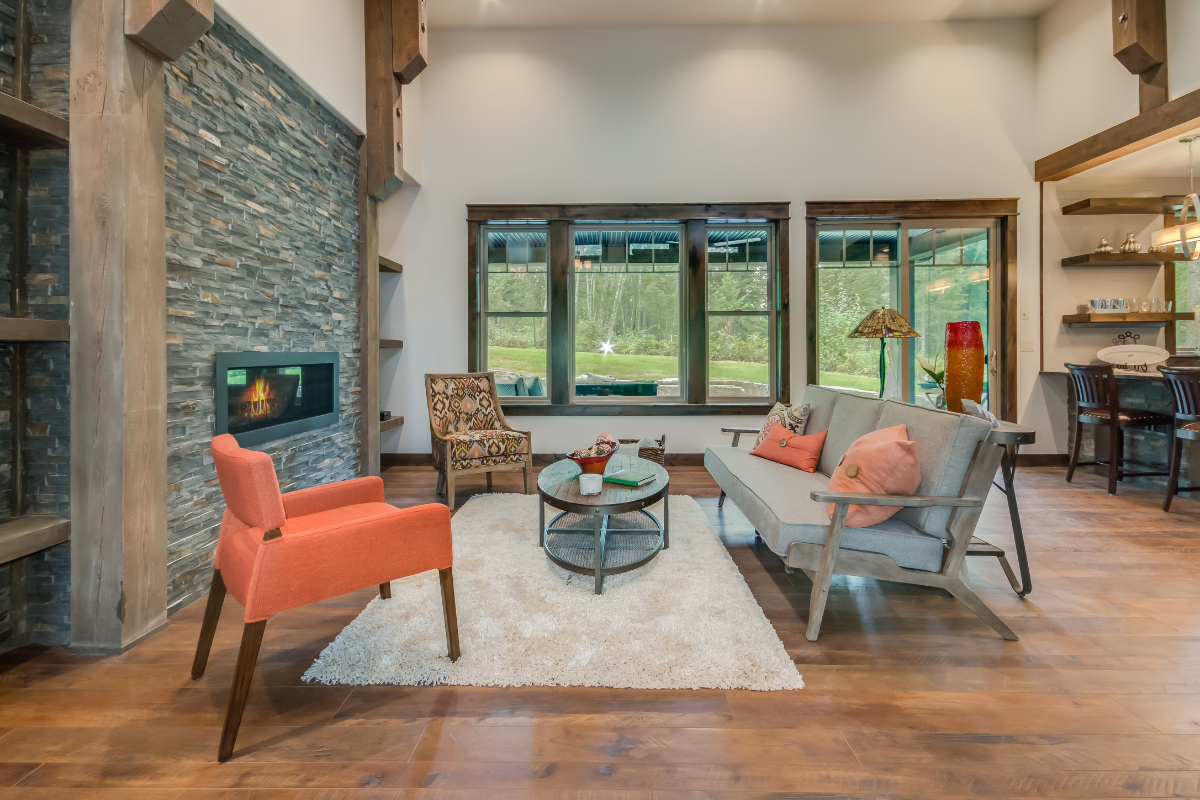
Creating a mid-century modern living room begins with understanding the key elements that define this timeless style. Emerging in the 1950s, mid-century modern design was heavily influenced by modern art and architecture, emphasizing organic influences, functional design, and simple forms. The style often features open floor plans, promoting a seamless flow in the living space.
Preferred tones in mid-century modern decor range from neutrals and muted colors to more vibrant hues like teal, ochre, and amber. Lower seating with sleek, simple designs is another hallmark of this style, often accompanied by asymmetrical architectural elements such as split-level designs.
By embracing these principles, you can create a mid-century modern living room that feels both contemporary and timeless.
Iconic Mid-Century Modern Furniture Pieces
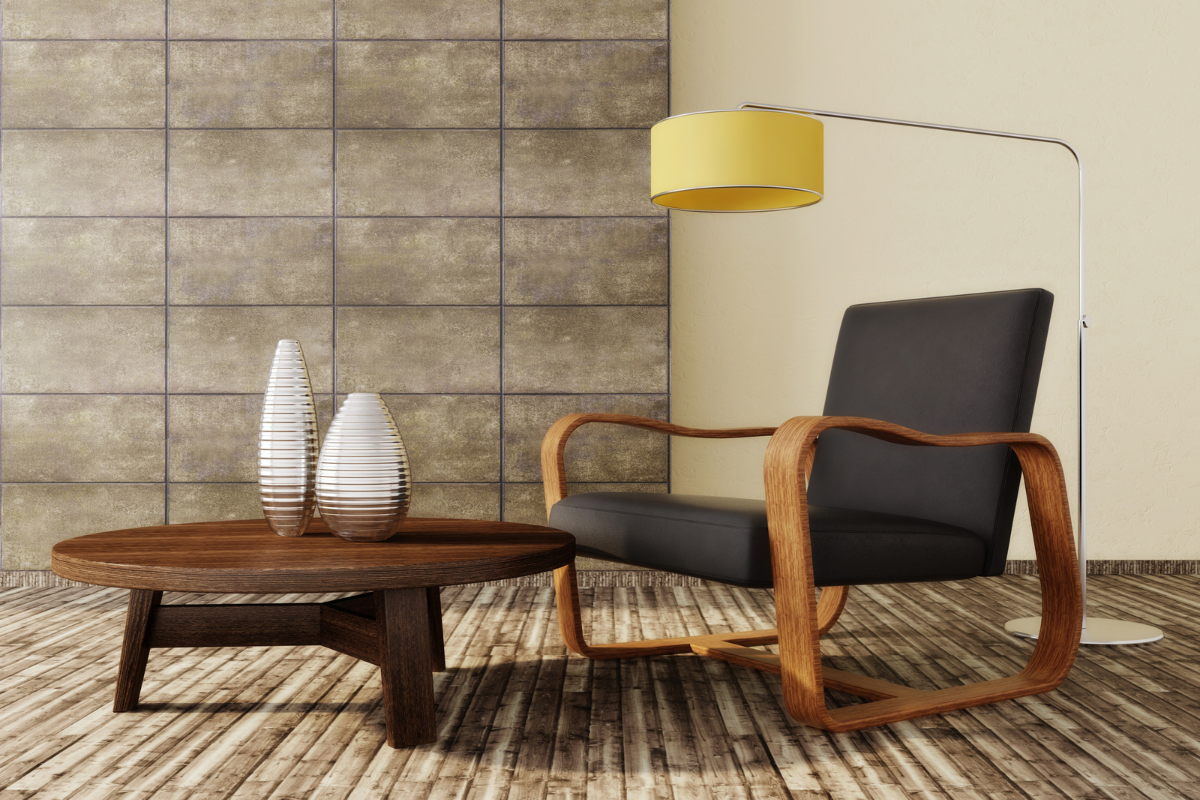
An iconic furniture piece is essential for any mid-century modern living room. These elements complete the overall aesthetic. The Eames Lounge Chair, designed by Charles and Ray Eames, is a quintessential example of luxury and comfort in mid-century modern style. This chair, with its sleek lines and ergonomic design, epitomizes the blend of form and function that defines mid-century modern furniture.
Another iconic piece is the Noguchi Coffee Table, known for its sculptural design and organic forms. Its glass top supported by a wooden base is a testament to the era’s emphasis on natural materials and simplicity.
These furniture pieces, characterized by straight lines, gentle curves, and low profiles, create a warm yet minimalist aesthetic that is central to mid-century modern design, midcentury modern furniture, and contemporary furniture.
Embracing Minimalism with Clean Lines
Embracing minimalism is crucial in mid-century modern design. This aesthetic emphasizes simplicity and functionality, allowing spaces to adapt well to various environments. Neutral colors play a significant role in this design style, aligning with its focus on simplicity and organic influences.
Geometric vases and patterns are popular accessories that add visual interest without overwhelming the space. By maintaining a balance between simplicity and variety in design elements, you can prevent your living room from feeling cluttered while still showcasing the mid-century modern aesthetic.
Using Bold Patterns and Colors
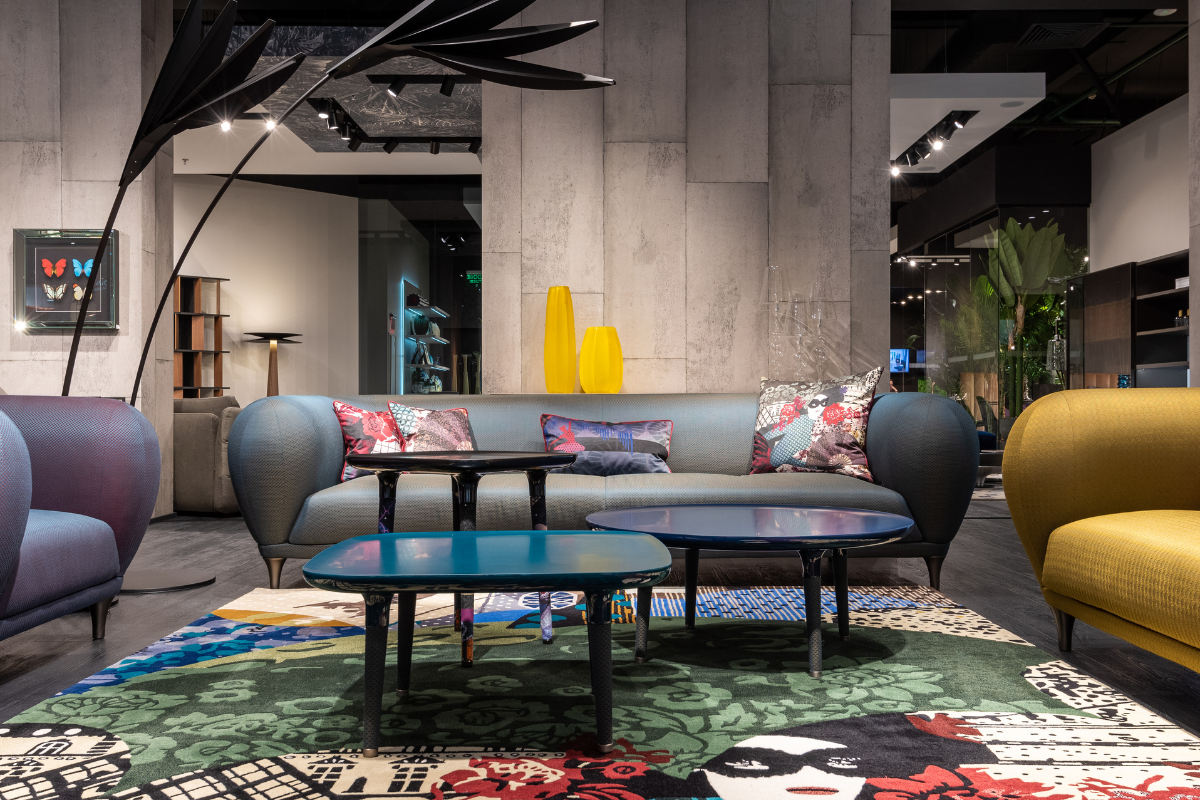
Incorporating bold patterns and colors is a fantastic way to add energy and visual interest to a mid-century modern living room. Colors like mustard yellow, teal, and orange can elevate the vibrancy of the space. These bold accents provide a striking contrast that enhances the overall design.
Large floral prints and geometric patterns are commonly used to create an engaging visual experience. Mixing textures and patterns contributes to a dynamic and visually interesting room, making it feel both stylish and inviting.
Retro elements like bold artwork and vases can further enhance the color palette, adding a unique touch to your decor.
Integrating Natural Materials
Natural materials are a cornerstone of mid-century modern design, adding warmth and texture to the living space. Wood and stone are key materials that create a calming ambiance, making the room feel warm and inviting.
Mid-century interiors often blend various textures, including natural wood, sleek metals, and cozy fabrics. Mixing wooden furniture with materials like metal and glass enhances the organic feel of the space. The result is a harmonious and inviting living room that stays true to mid-century modern principles.
Lighting Your Space with Statement Fixtures
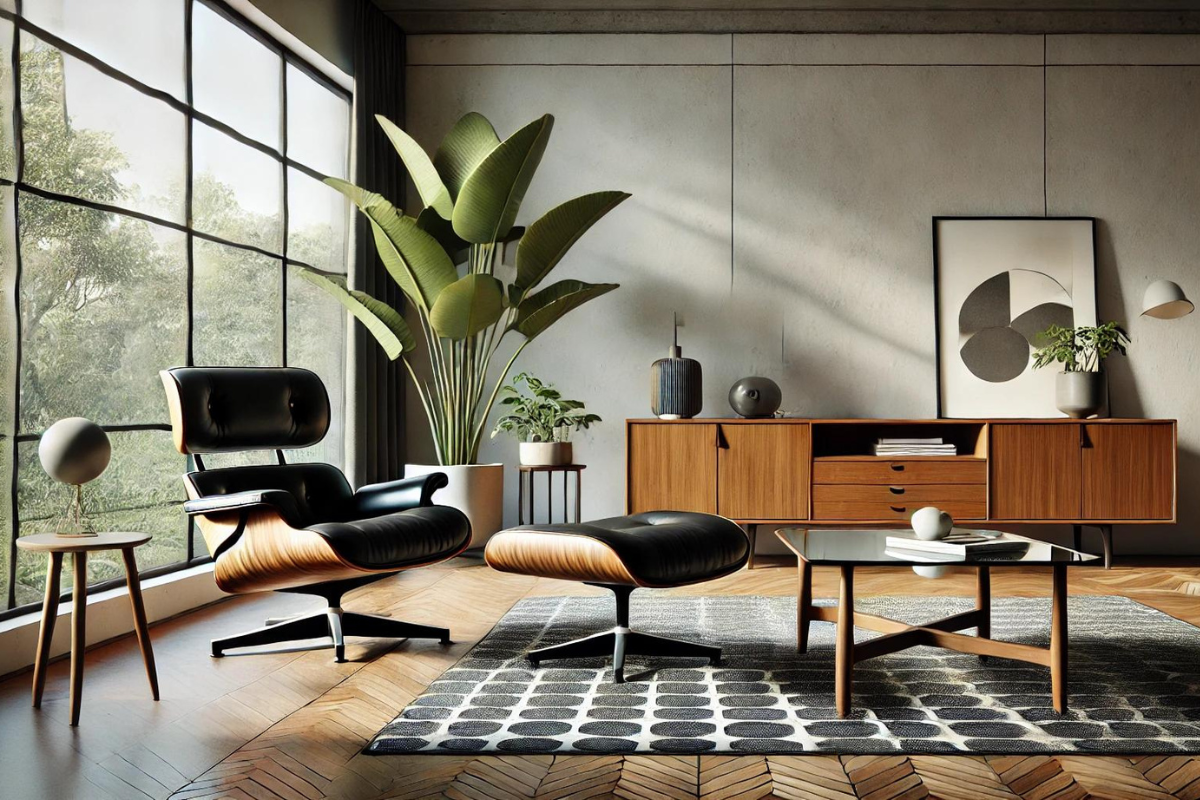
Lighting plays a pivotal role in mid-century modern design, with statement fixtures serving both functional and decorative purposes. Sputnik chandeliers and geometric pendant lights are recommended choices that add visual drama and intrigue to your living space. These fixtures not only illuminate the room but also act as art pieces, enhancing the overall aesthetic.
Sunburst mirrors can reflect light and expand the room’s feel, enhancing the mid-century modern ambiance.
Creating Focal Points with Art and Decor
Focal points created with art and decor can significantly enhance a mid-century modern living room. Accent walls in bold hues or with contrasting paint can significantly enhance the character of your living room. These walls add depth and become a visual centerpiece, drawing attention and creating interest.
Abstract paintings and wall sculptures elevate the aesthetic appeal of a mid-century modern space. Mirrors hung above mantels or in a gallery wall format can also serve as stunning focal points, enhancing light reflection and adding a decorative touch.
Mixing Mid Century Modern with Contemporary Elements
Combining mid-century modern with contemporary elements results in a cohesive and appealing living space. Combining vintage dining chairs with modern tables, for instance, can yield a unique and interesting dining area.
Affordable vintage pieces, like Ercol chairs, add character without breaking the bank. Employing a consistent theme or color helps unify different styles within the living space, while neutral tones can be paired effortlessly with vibrant colors to create a visually appealing contrast.
This blend of vintage and contemporary elements honors the mid-century modern heritage while keeping the midcentury modern design fresh and modern.
The Role of Neutral Tones
Neutral tones are fundamental in creating spacious and inviting mid-century modern interiors. These tones help balance colorful furniture and decor, maintaining a minimal and airy look.
Balance between colorful elements and neutral tones ensures the space remains harmonious and visually pleasing. By incorporating neutral tones, you can create a serene and sophisticated backdrop for your mid-century modern living room.
Adding Personal Flair
Personal flair allows the living room to reflect your unique tastes and life experiences. Whimsical elements can make the room feel more personal and inviting.
Personalized decor accents, such as family photos or travel souvenirs, add warmth and tell a story, enhancing the overall charm of the living room. By integrating these personal items, you can infuse your living space with character and individuality, making it truly your own.
Functional and Stylish Storage Solutions
Stylish and functional storage solutions help maintain the minimalist vibe of mid-century modern design. Lift-top coffee tables and multi-purpose furniture can provide hidden storage, helping to keep the living room clutter-free.
Open shelving units and simple, floating shelves are great ways to enhance the design while providing practical storage. Multi-functional furniture optimizes space while preserving the style’s clutter-free aesthetic.
Bringing the Outdoors In
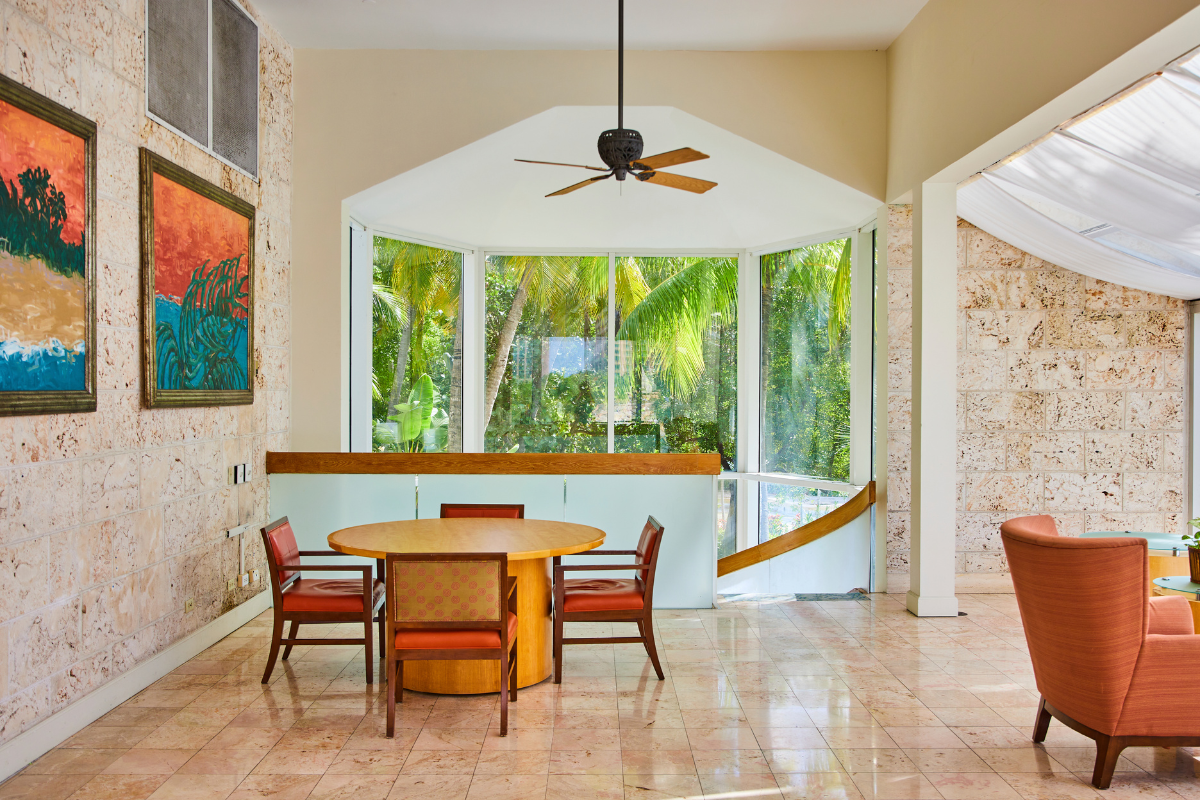
Connecting the indoors with nature is key to mid-century modern interiors. Incorporating indoor plants in living room purifies the air and creates a fresh environment, linking the interior to nature. Plants like snake plants and fiddle leaf figs can effectively bring nature indoors, enhancing the organic and inviting essence of the space with outdoor cushions.
Natural light is another crucial element, with large picture windows and sliding doors allowing light to fill the interiors while connecting the indoor space to the outdoors. Wooden accents and lush greenery further enhance this connection, creating a harmonious and inviting atmosphere in interior design.
Textured Fabrics for Depth
Textured fabrics add depth and richness to mid-century modern decor. Upholstery fabrics such as bouclé, velvet, and chenille are known for their rich textures and are commonly used in sofas, chairs, curtains, and pillows. Materials like tweed and colorful wools also enhance the aesthetic, contributing to the overall design.
These textured fabrics not only add comfort but also create a visually interesting and elegant atmosphere.
Choosing the Right Flooring
Selecting appropriate flooring captures the essence of mid-century modern design. Lighter hardwood species like oak and walnut are preferred for their warm and inviting look. Combining different shades of wood can add depth and interest, creating a layered and inviting look.
Using contrasting flooring colors can help define different areas within the space, while layering rugs adds texture and comfort, complementing the aesthetic of mid-century modern flooring.
Creating Cozy Seating Areas
Cozy seating areas promote conversation and togetherness in a mid-century modern living room. Arranging sofas and chairs around a coffee table is a key aspect of effective furniture layout.
Introducing a conversation pit or accent chairs in a corner can further enhance the coziness of the space. Adding a warm wood accent, such as a sideboard or coffee table, enhances the inviting feel, making the seating area both functional and stylish.
Incorporating Vintage Finds
Vintage finds add authenticity and charm to a mid-century modern living room. Vintage furniture and decor pieces evoke a sense of nostalgia, enhancing the character of the space.
Selective use of vintage items prevents clutter while showcasing the timeless appeal of mid-century modern design. These items can be sourced from vintage fairs, online platforms, or second-hand stores, adding a unique touch to your living room.
Using Mirrors to Enhance Space
Strategically placed mirrors can enhance space in a mid-century modern living room. Mirrors create the illusion of a larger room by reflecting light and space, making the room feel more open and airy.
Layering mirrors of different heights can draw the eye upward, creating the illusion of higher ceilings. Placing a mirror across from a window can augment natural light, brightening the overall ambiance of the room and enhancing its aesthetic appeal.
Combining Shapes and Forms
Combining shapes and forms establishes harmony and visual interest in mid-century modern design. The integration of organic curves and geometric shapes creates a balanced and dynamic look. Balancing softer, flowing forms with sharper angles adds depth and complexity to the overall design aesthetic.
Layering rugs of different shapes, like a round rug over a rectangular one, can add playfulness and intrigue to the decor.
Enhancing with Mid Century Modern Accessories
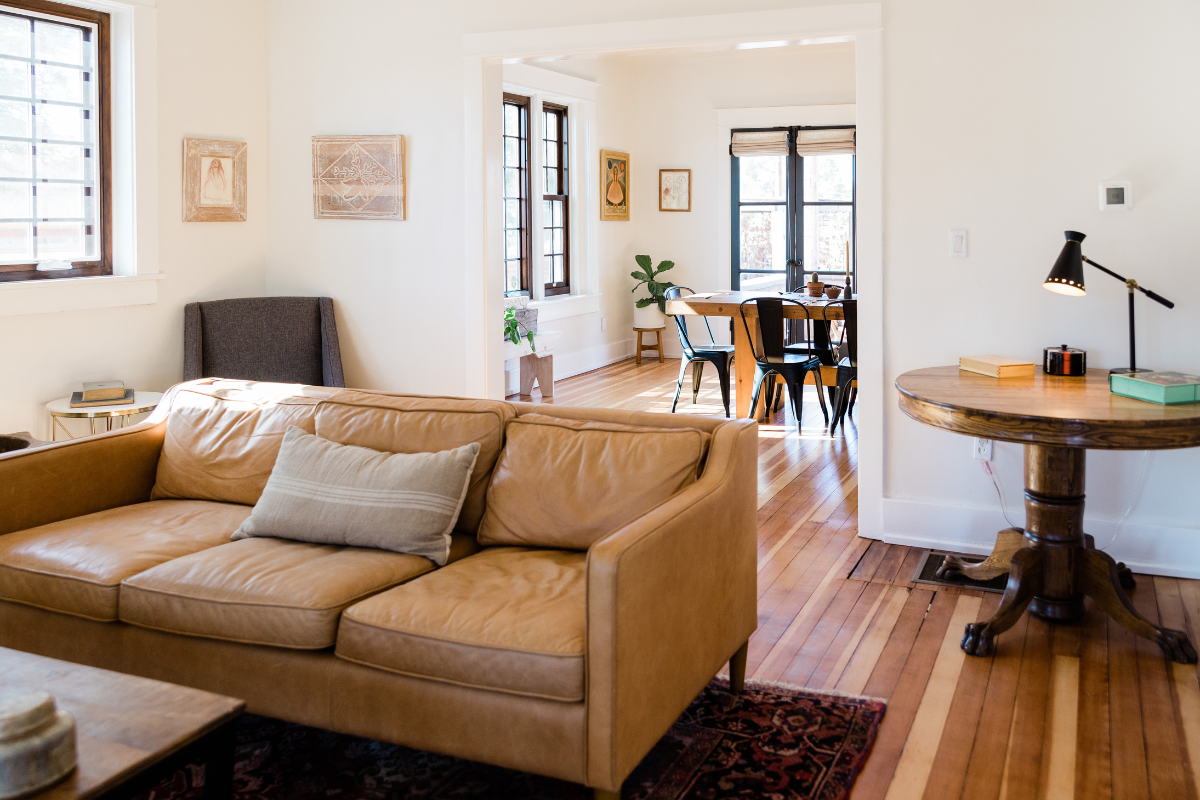
Mid-century modern accessories can unify the living room design. Wall clocks with starburst designs are classic elements that embody the mid-century modern style. Similarly, sunburst mirrors are timeless pieces that reflect the aesthetic of the era, adding both function and flair to your decor.
Abstract sculptures and colorful ceramic planters can serve as striking focal points, incorporating greenery while maintaining the design’s integrity. Coordinating rug colors with the room’s palette promotes a harmonious and balanced design, while geometric shapes and patterns in the decor can add a fun yet sophisticated touch.
Layering Rugs for Texture
Layering rugs enhances the visual appeal of a mid-century modern living room. This technique adds depth and texture, creating a warm and inviting atmosphere. Using a vibrant area rug can inject energy and character into the space, tying the decor together.
Selecting the right sizes for layered rugs is crucial to avoid a cramped or cluttered appearance. Classic layering involves placing a smaller decorative rug atop a larger, neutral one, highlighting the top rug’s design. Combining different materials and textures can create a more dynamic environment, enhancing the overall aesthetic of your mid-century modern living room.
Creating an Inviting Atmosphere
An inviting atmosphere relies on thoughtful choices in lighting, color, and texture. Unique light fixtures not only provide visibility but also elevate the overall ambiance of the space. Neutral hues enhance the perception of space, making rooms look larger and more inviting.
Incorporating light and airy shades can elevate the overall height of a room, contributing to a more spacious feeling. Plush textures and soft colors create a cozy balance, making the living room feel warm and welcoming.
Mirrored feature walls can also make a space feel more glamorous and open, effectively enlarging the perceived volume of the room.
Highlighting Architectural Features
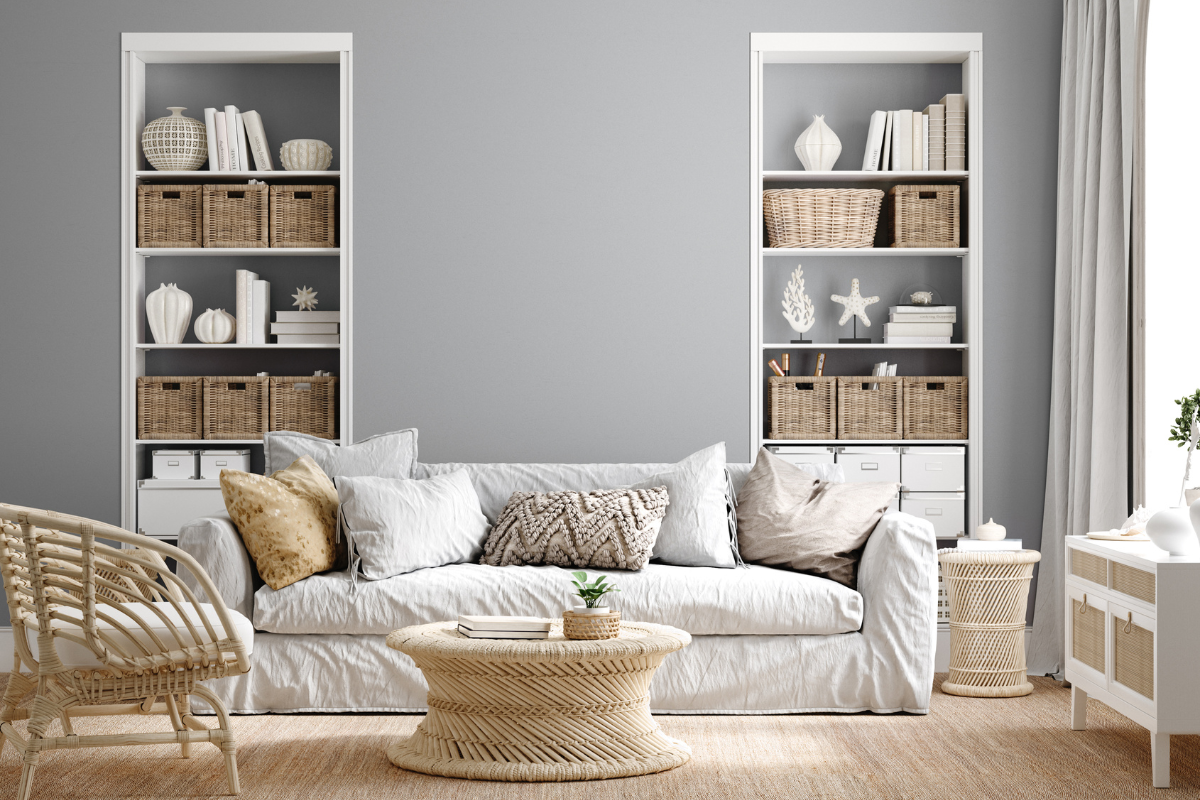
Architectural features define mid-century modern homes, blending form and function seamlessly. Common features include exposed beams and prominent brick fireplaces, which add a warm and inviting ambiance. Maintaining these architectural features is crucial for preserving the timeless appeal of mid-century modern design.
Natural materials like wood and stone are often used in these features, adding authenticity and character to the space. Highlighting these elements can enhance the overall design, making your living room feel both stylish and historically rich.
Balancing Warmth and Light
A harmonious atmosphere in mid-century modern living rooms relies on balancing warmth and light. Incorporating natural wood elements in your decor can enhance warmth and coziness. Maximizing natural light with sheer curtains or minimal window treatments creates a bright, airy feel.
To achieve cohesion, each wood tone should be represented at least twice within the living space. This balance of warm wood tones and ample natural light ensures your living room remains inviting and visually appealing.
Experimenting with Different Styles
Experimenting with different styles can yield a unique take on mid-century modern design. Blending Mid-Century Modern with Scandinavian design involves using neutral color palettes, functional furniture, and hygge-inspired accessories. Incorporating unexpected motifs like bugs and birds can add quirkiness and enhance the design.
Encouraging experimentation with different styles and elements can lead to a personalized and distinctive living room aesthetic. Simplicity remains a central design principle, ensuring that even with varied influences, the space maintains its mid-century modern charm.
Maintaining Timeless Style
Timeless style in mid-century modern design relies on thoughtful choices focusing on simplicity and elegance. Prioritize a minimalist approach by focusing on essential furniture with clean lines. Select statement pieces that embody mid century style characteristics to serve as focal points in your living space.
Elevated furniture styles increase visual flow, making spaces feel more open and aligning with mid-century modern design principles. By making these thoughtful choices, you can ensure your living room remains stylish and timeless for years to come.
Summary
In conclusion, creating a mid-century modern living room involves a blend of iconic furniture, bold patterns, natural materials, and thoughtful lighting. By incorporating personal flair and maintaining a minimalist approach, you can achieve a timeless and stylish space that reflects the essence of mid-century modern design.
Whether you’re mixing contemporary elements or highlighting architectural features, the key is to balance warmth and light, embrace simplicity, and experiment with different styles. By following these principles, you can create a living room that is both elegant and inviting, standing the test of time.
Frequently Asked Questions
What are the key elements of mid-century modern design?
Mid-century modern design is characterized by organic influences, functional design, simple forms, and a preference for lower seating and open floor plans. These elements combine to create a seamless and inviting living space.
How can I incorporate natural materials into my mid-century modern living room?
Incorporating natural materials such as wood and stone can effectively add warmth and texture to your mid-century modern living room. Blending these elements with metal and cozy fabrics will enhance the overall aesthetic and feel of the space.
What are some iconic mid-century modern furniture pieces?
Some iconic mid-century modern furniture pieces are the Eames Lounge Chair and the Noguchi Coffee Table, celebrated for their unique combination of style and practicality.
How do I create focal points in my mid-century modern living room?
To create focal points in your mid-century modern living room, incorporate accent walls, striking mid-century art pieces, and strategically placed mirrors. These elements will enhance the overall design and draw attention effectively.
How can I balance warmth and light in my living room?
To effectively balance warmth and light in your living room, incorporate natural wood elements and use sheer curtains or minimal window treatments to enhance brightness and create an inviting atmosphere.



